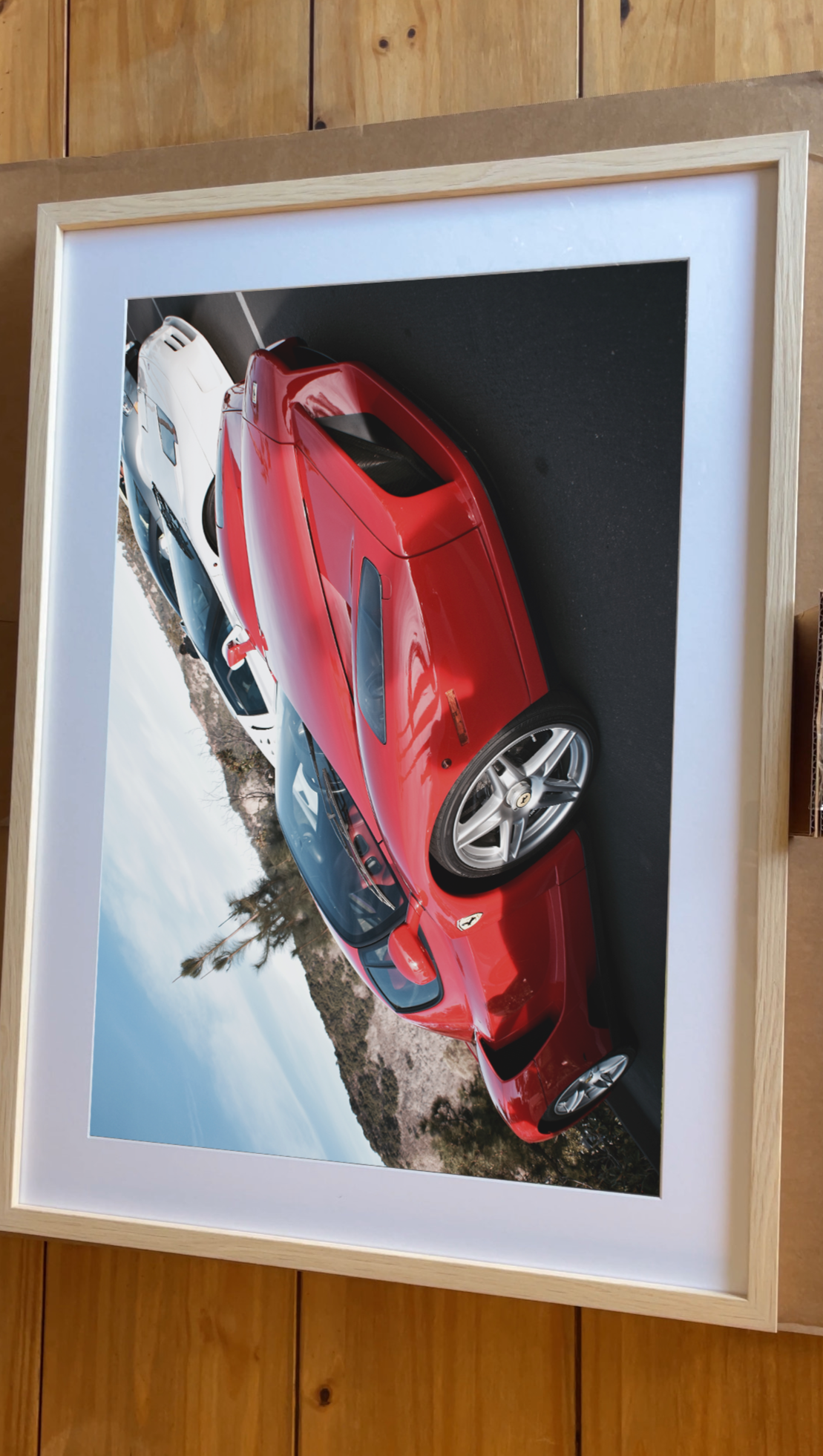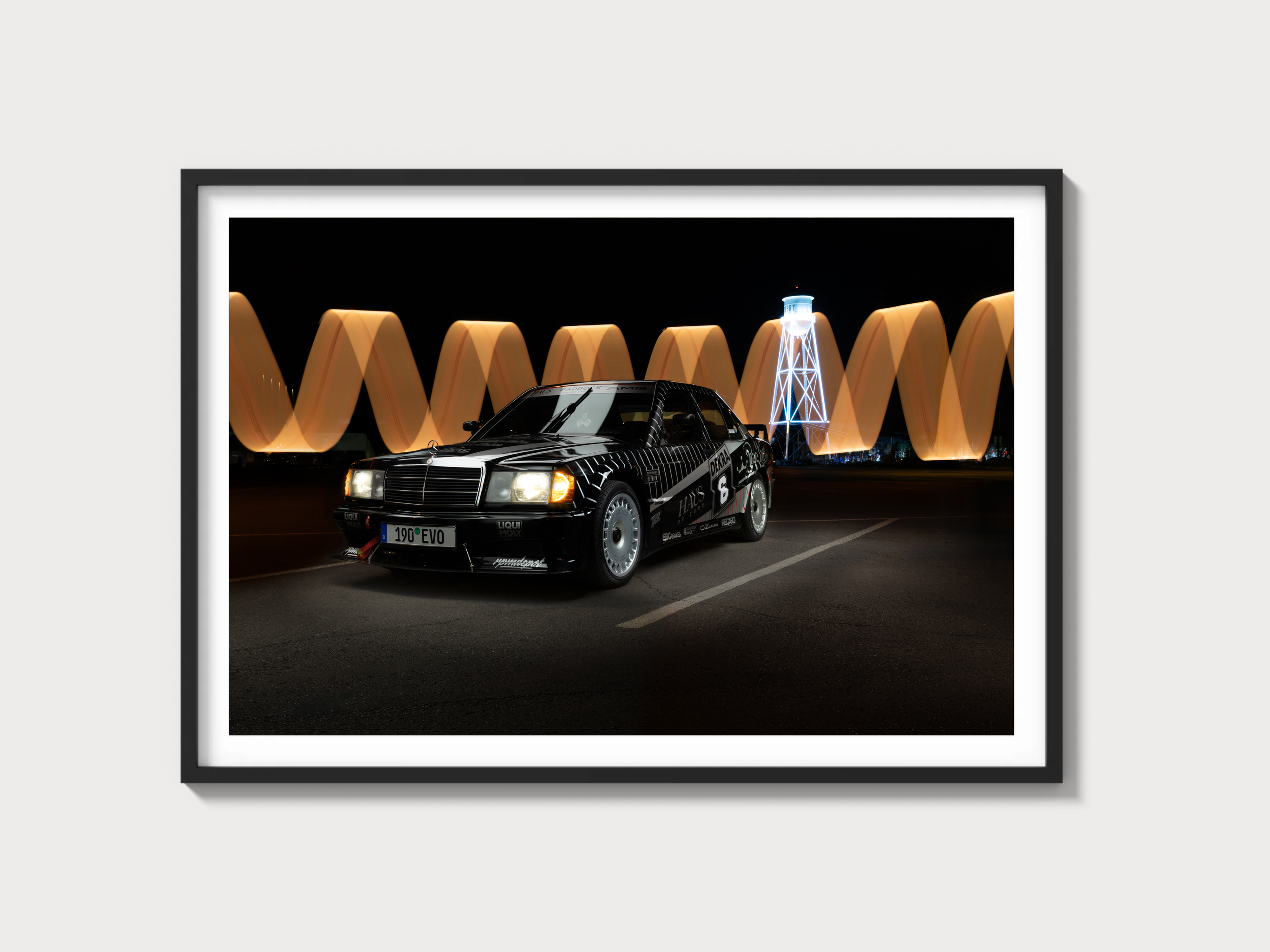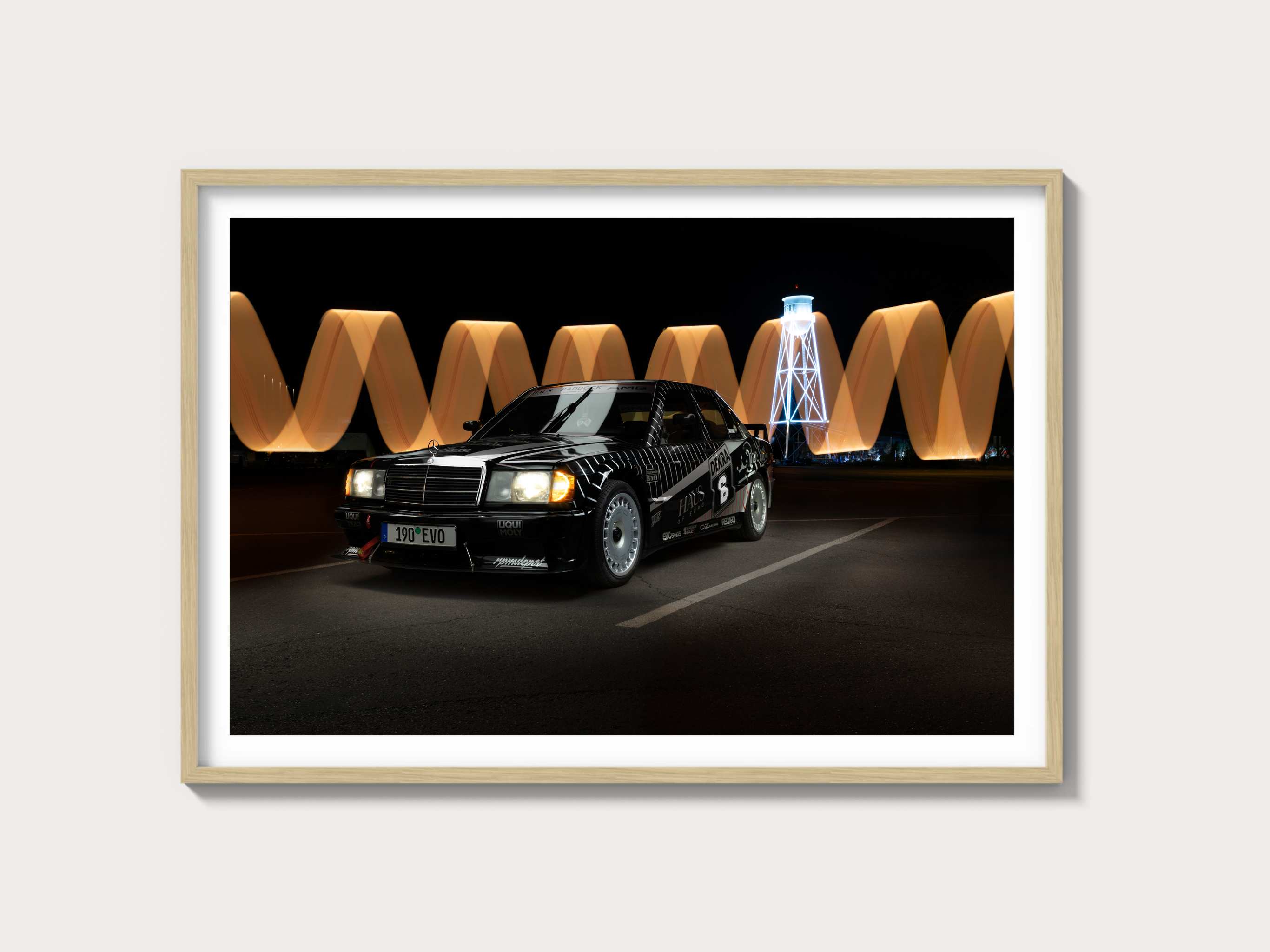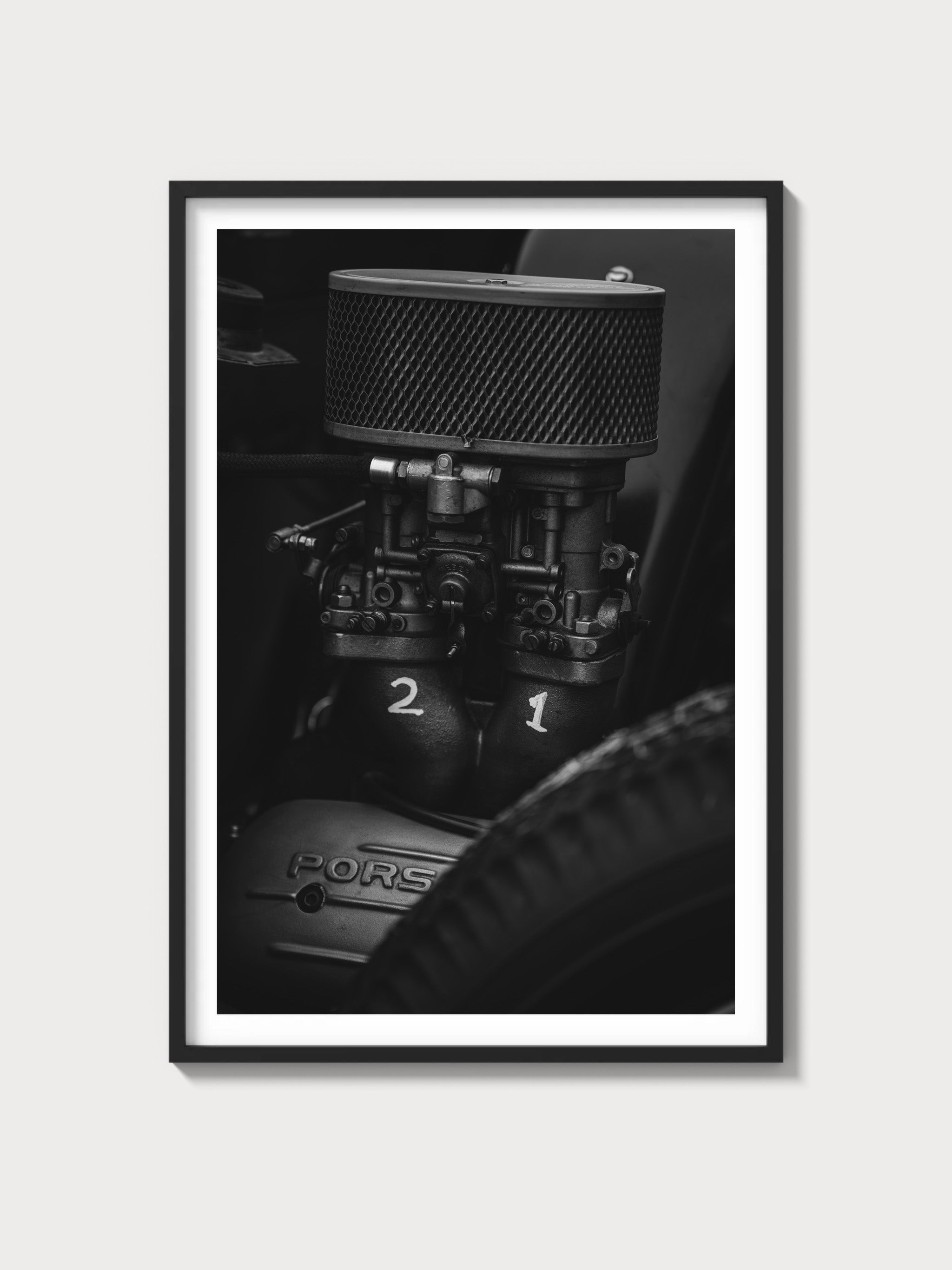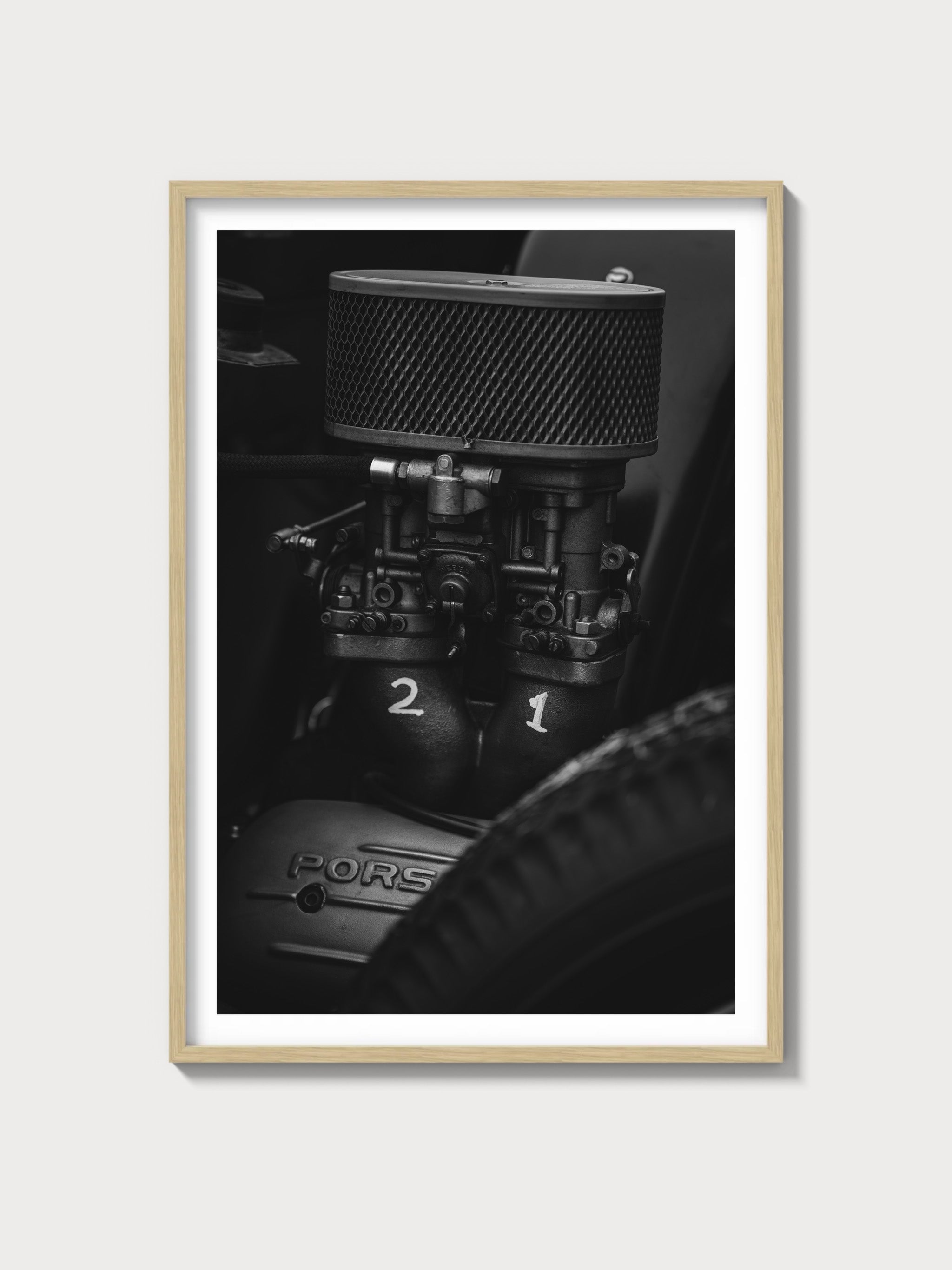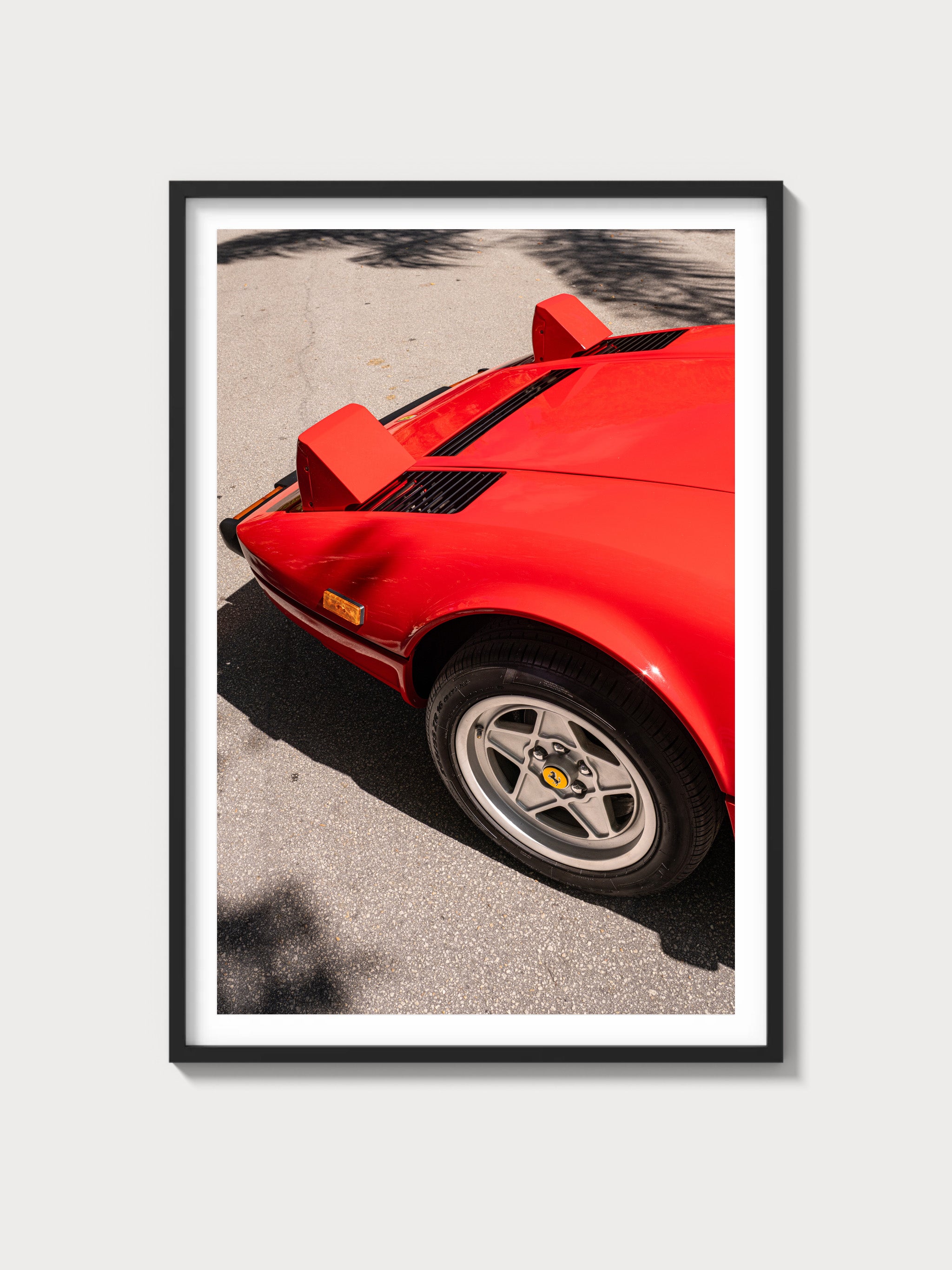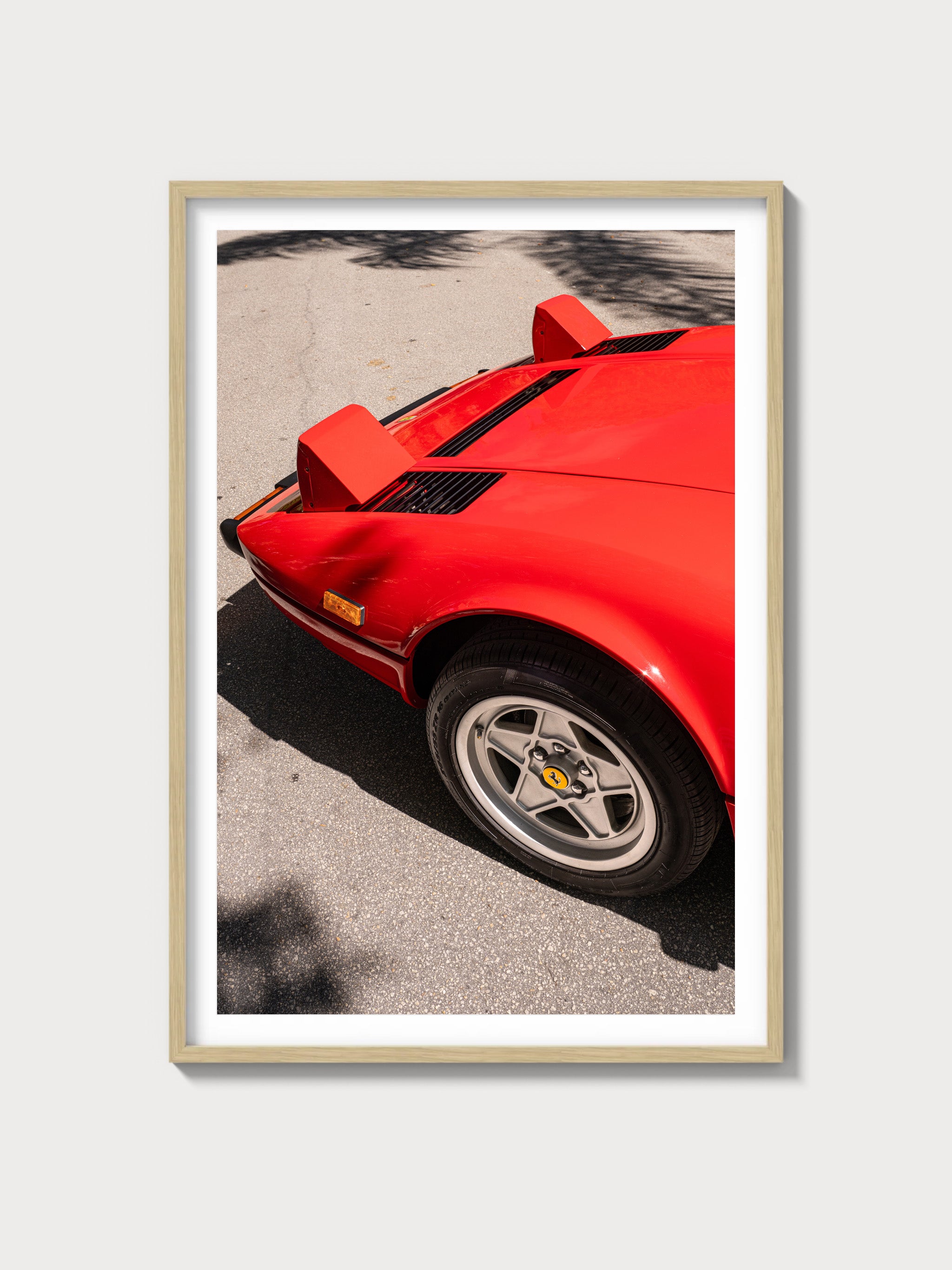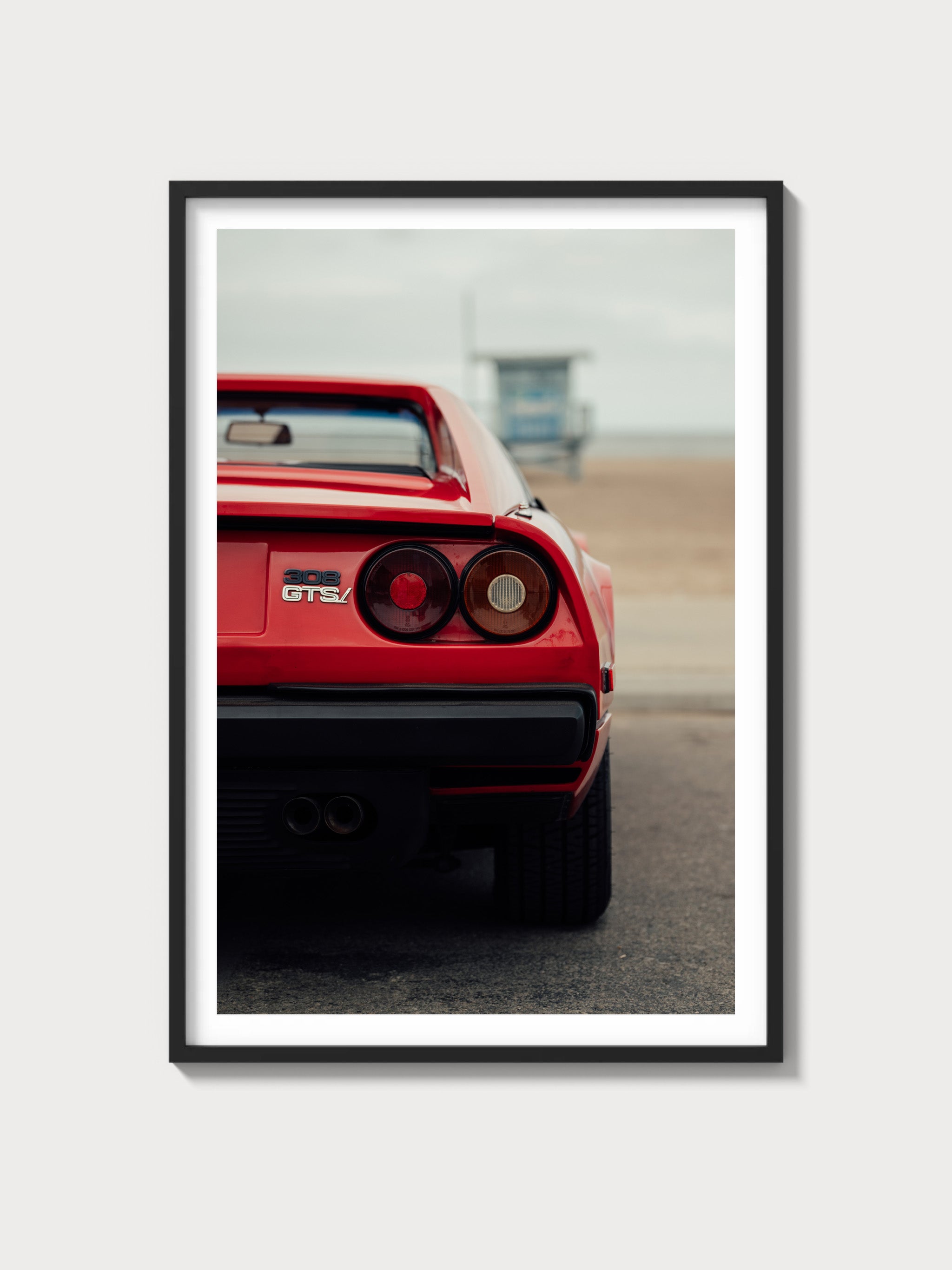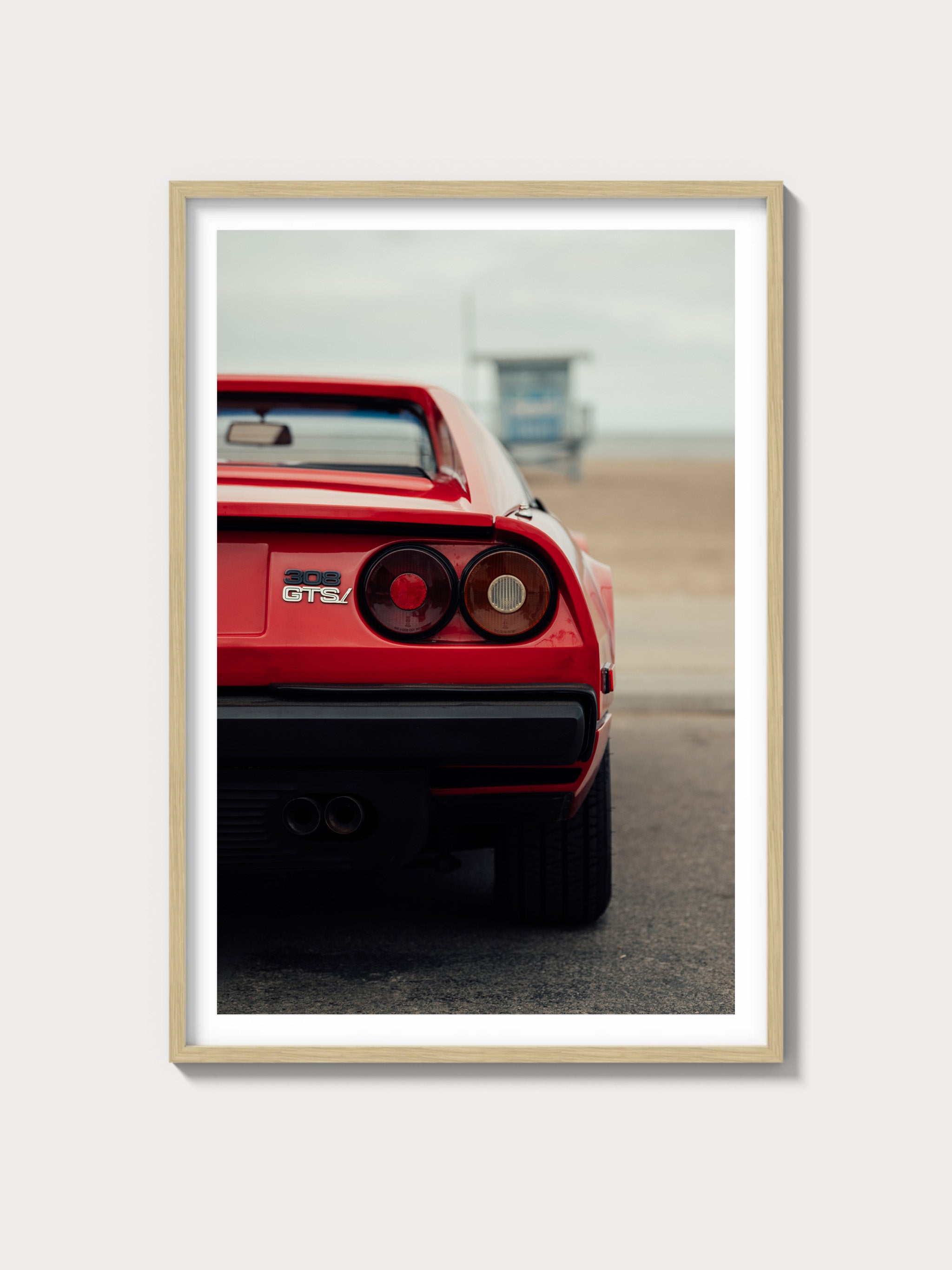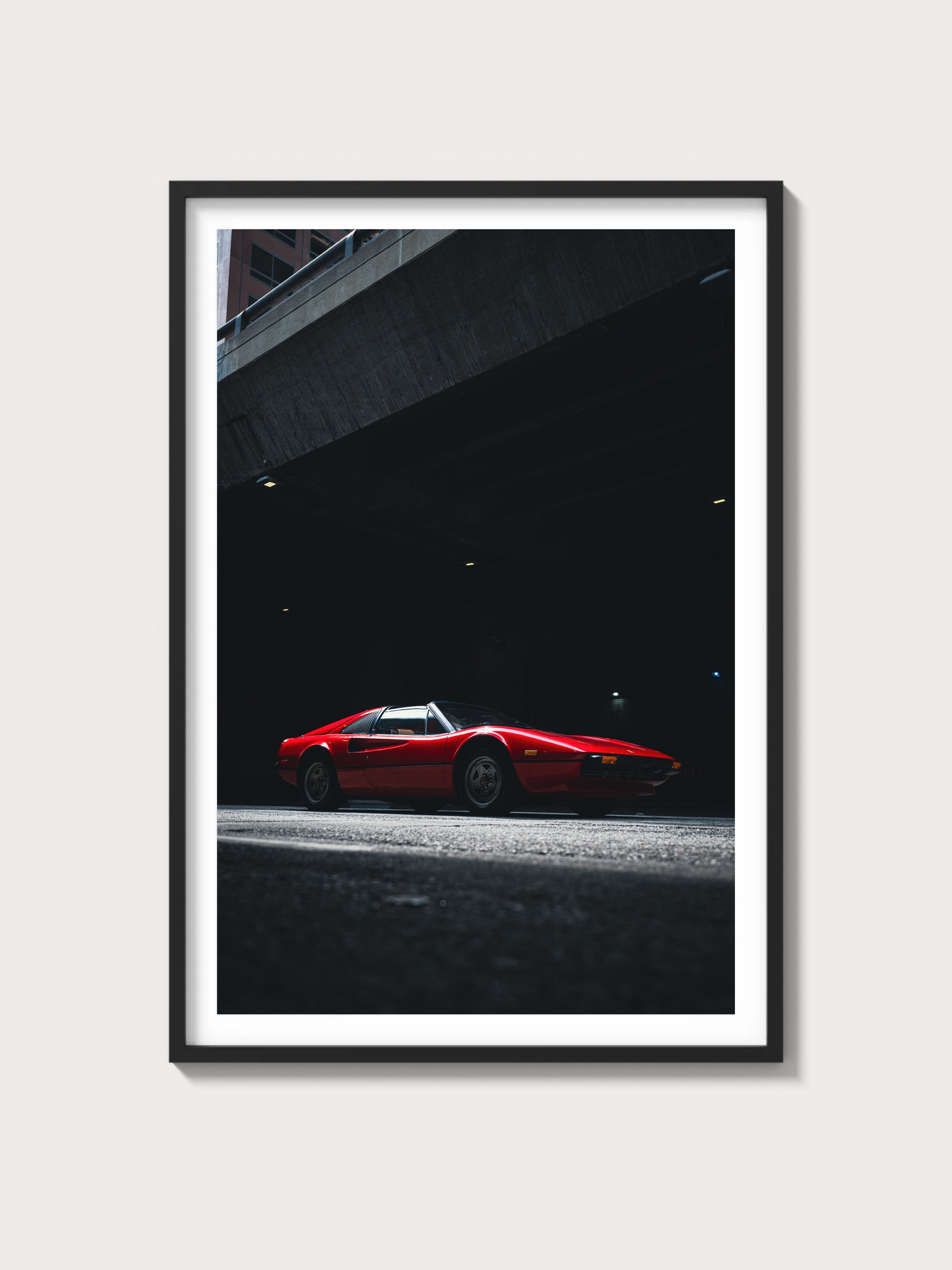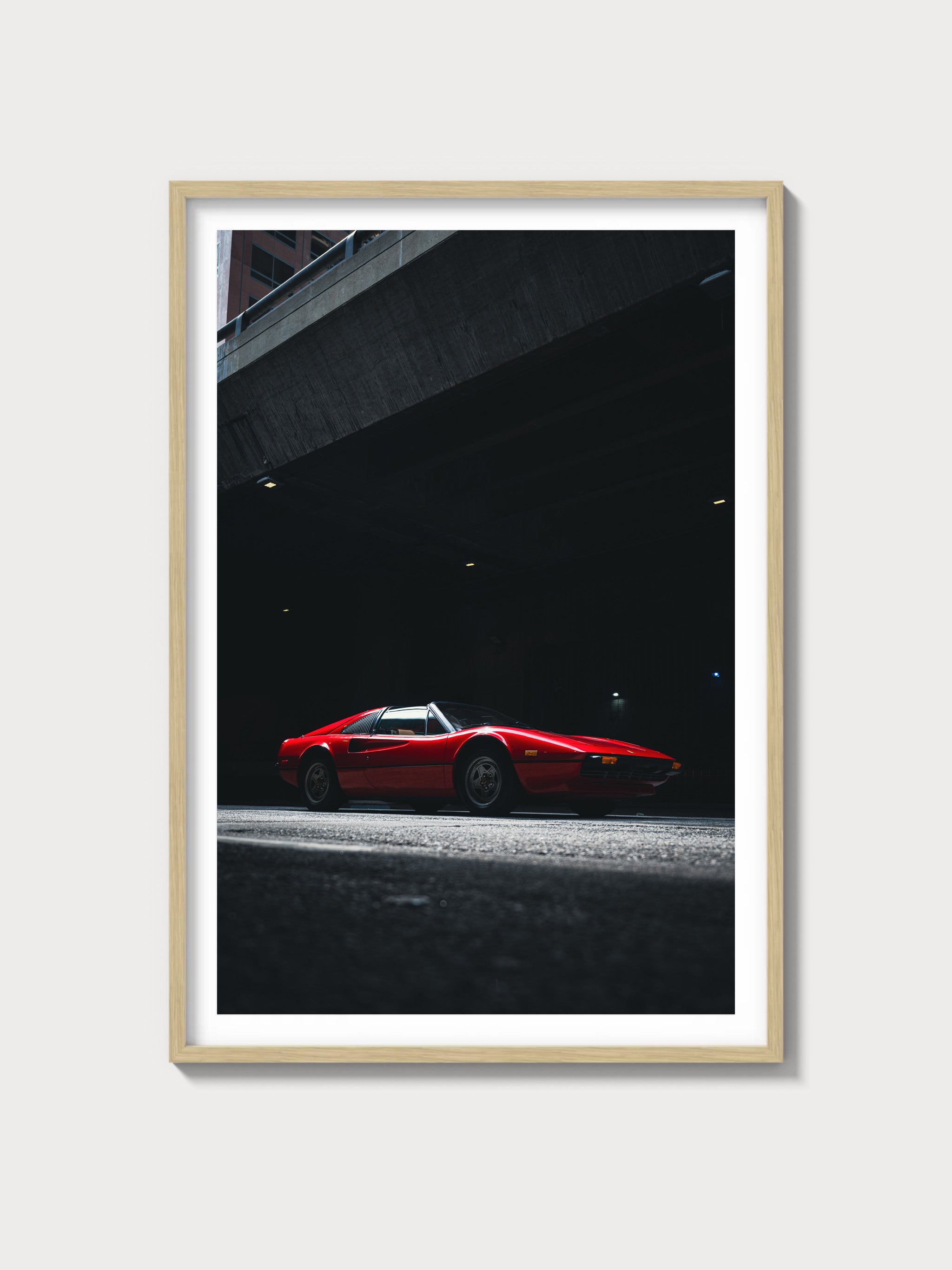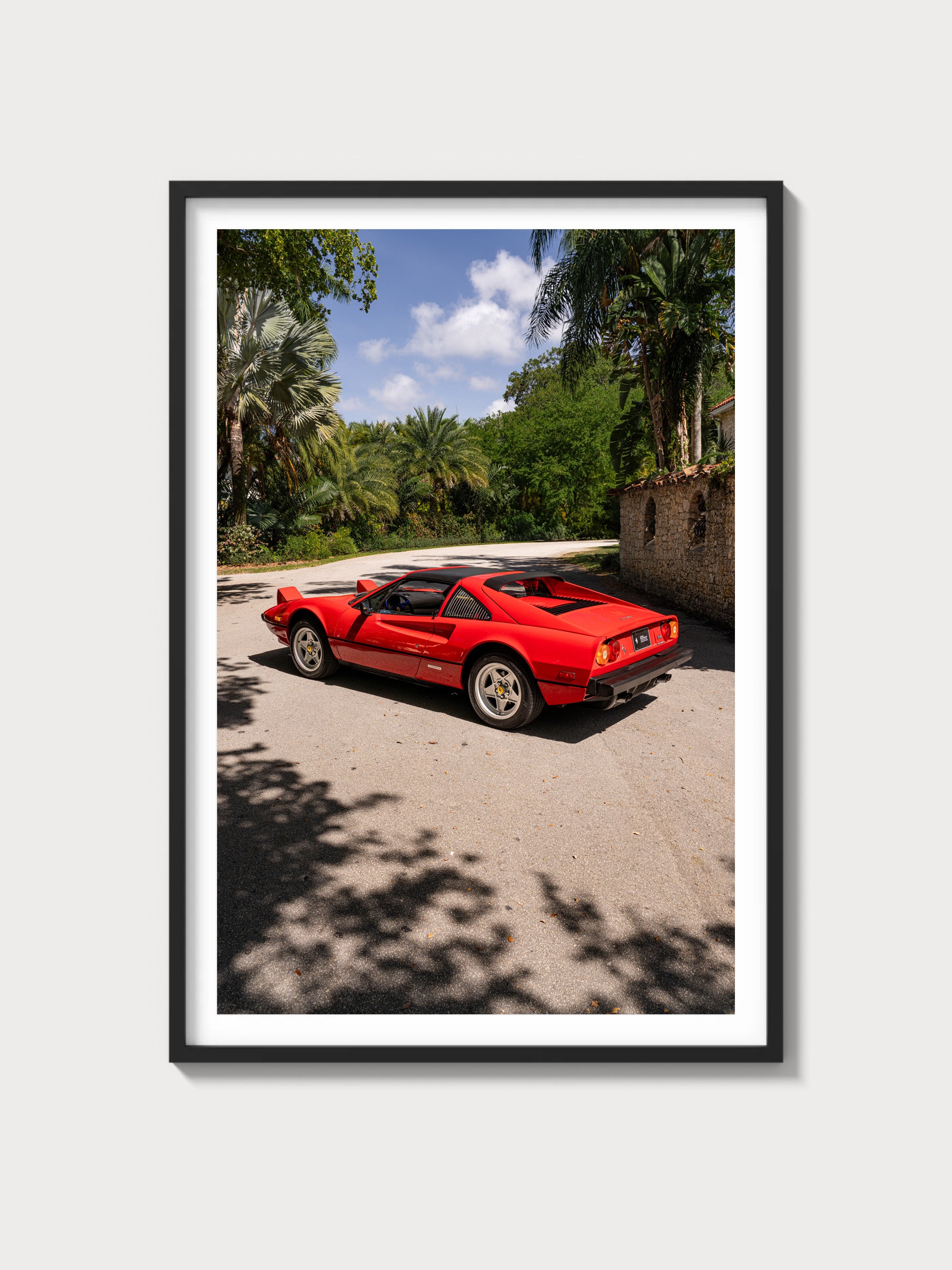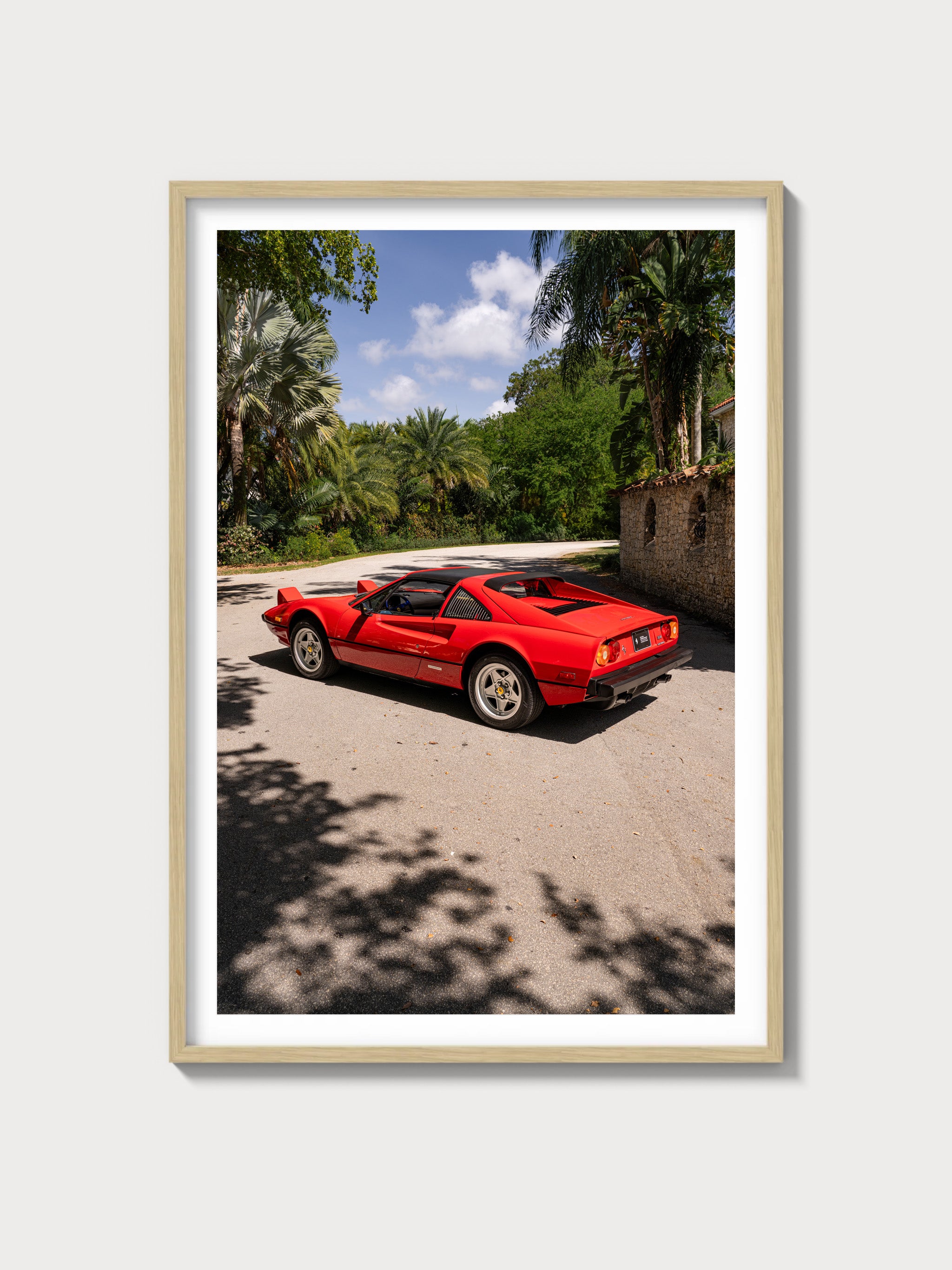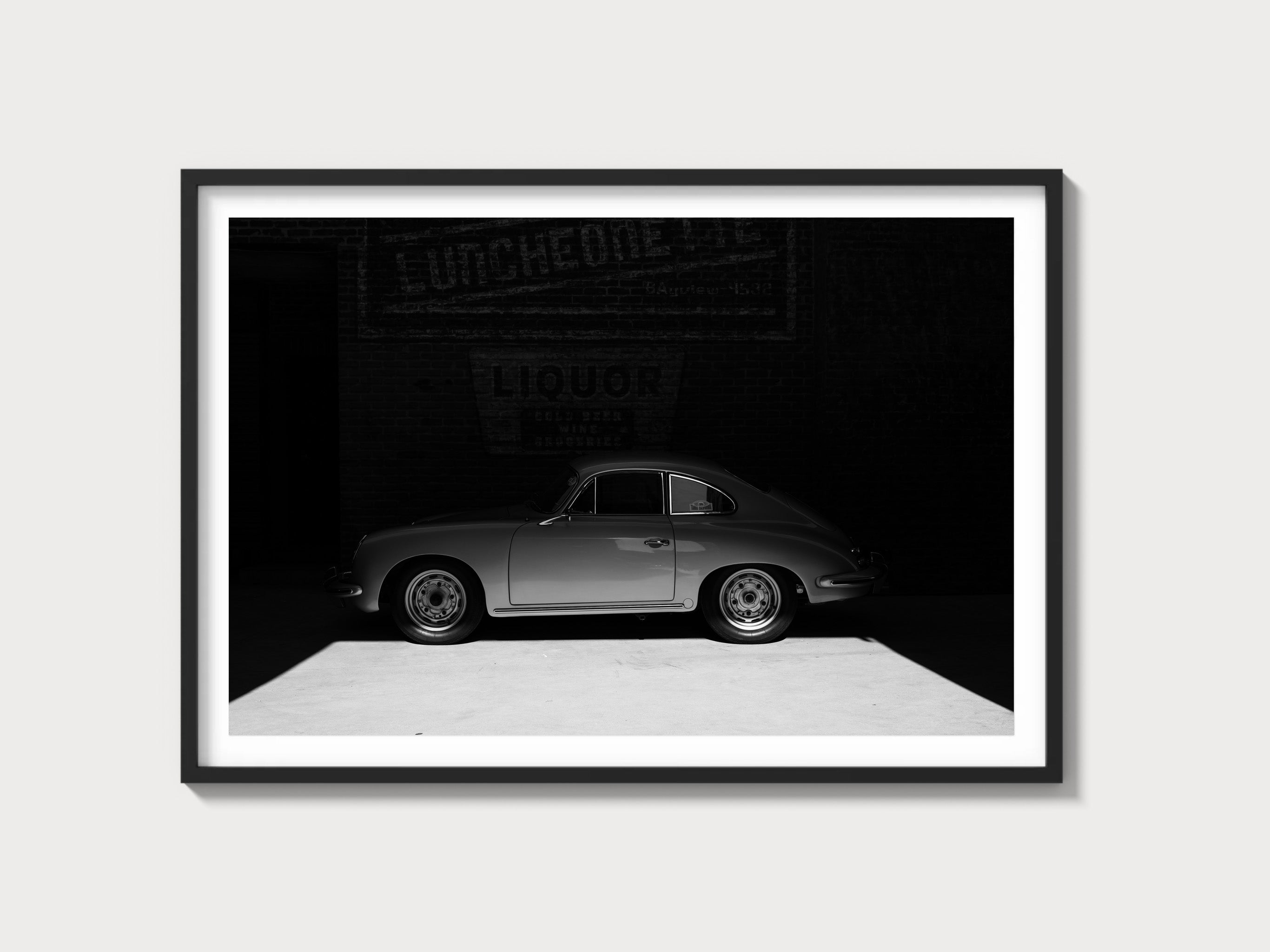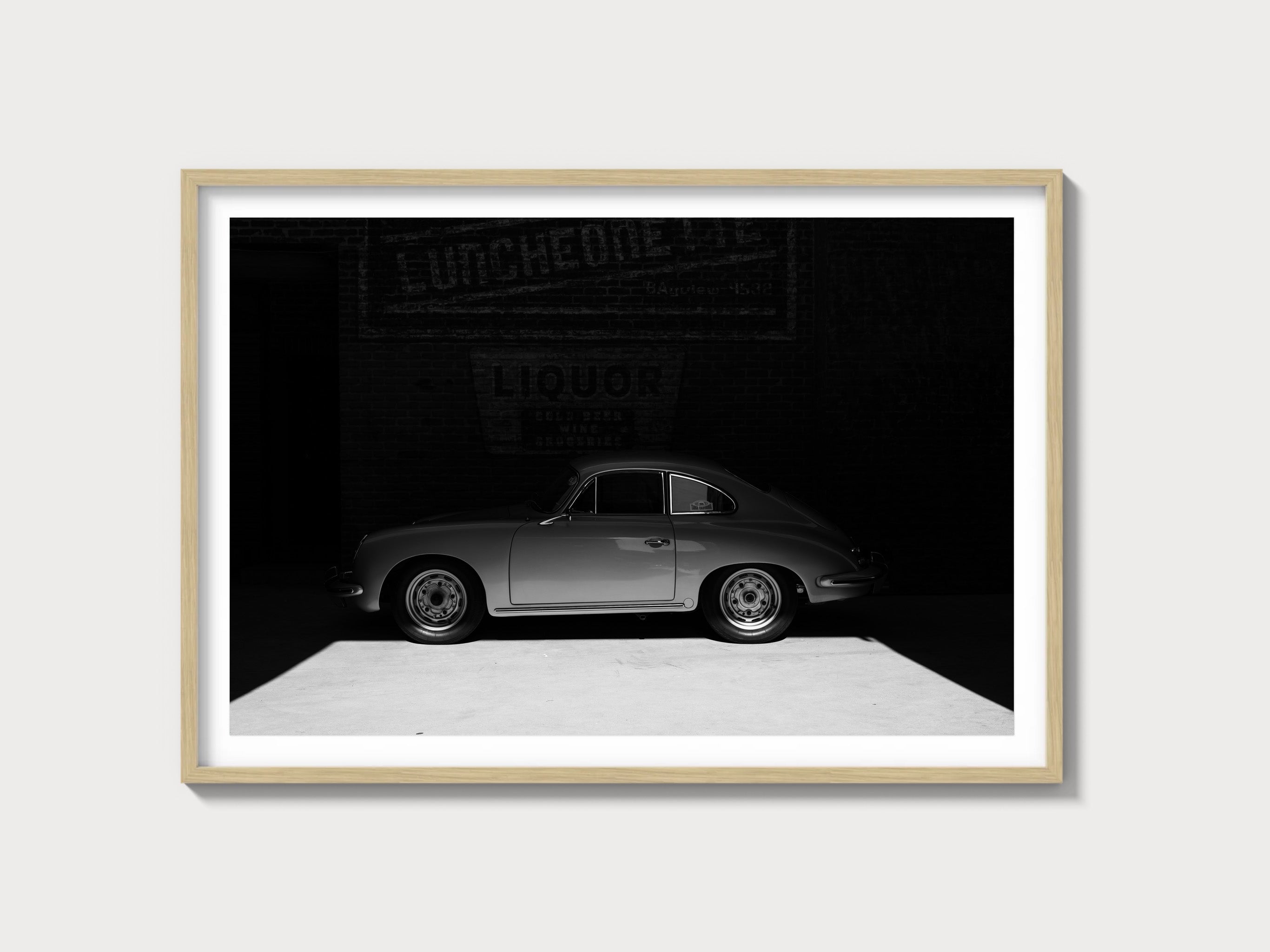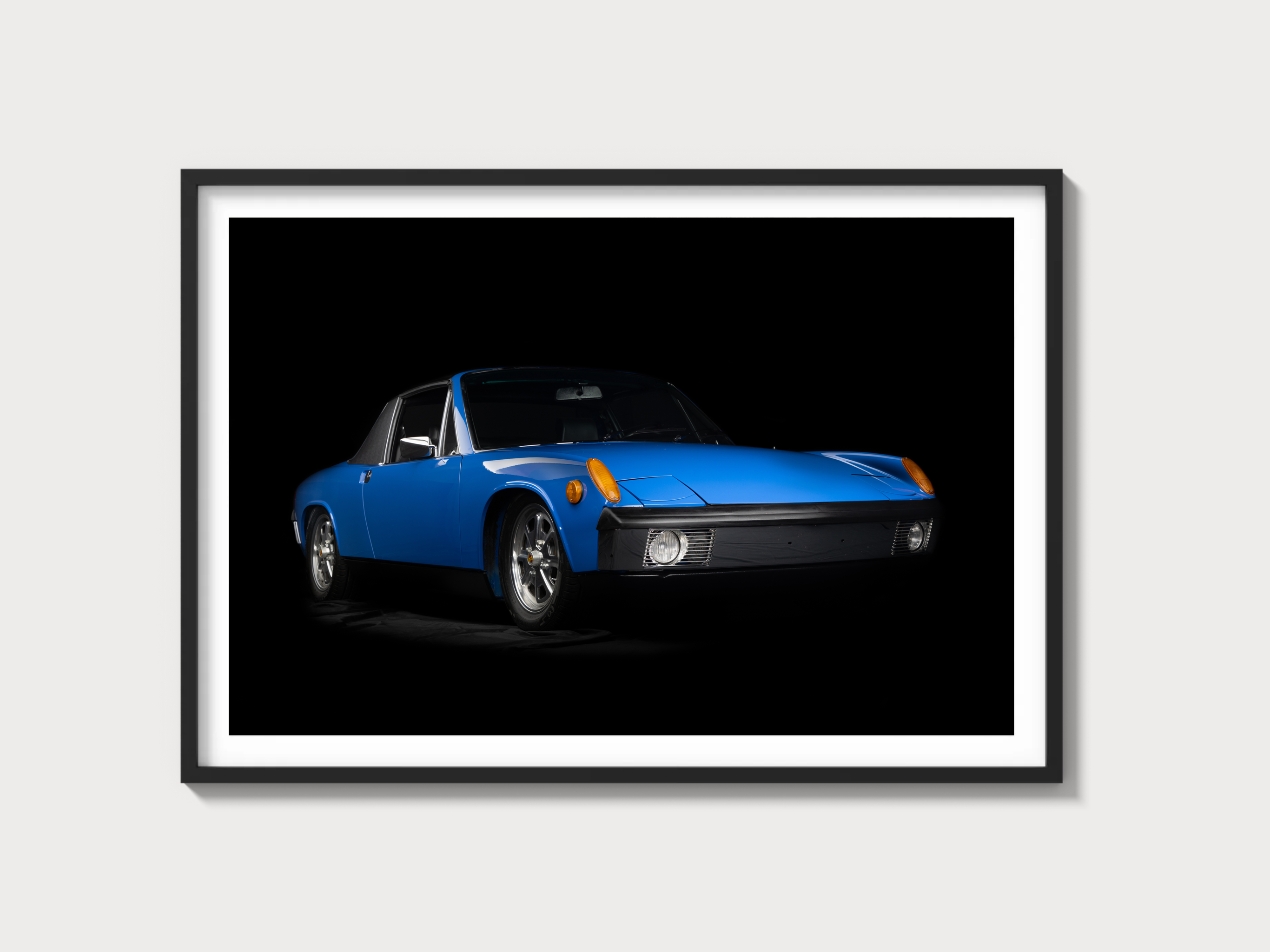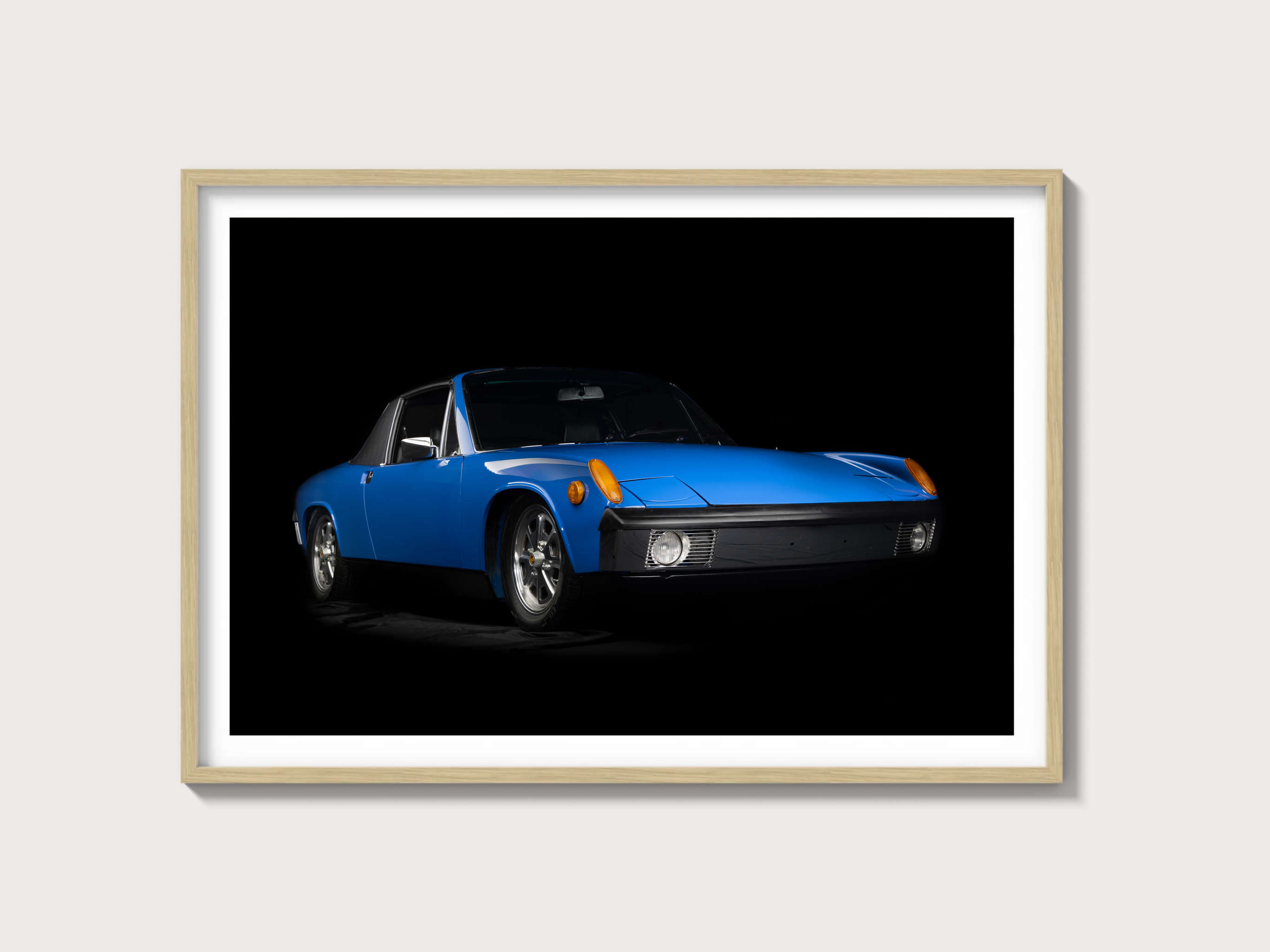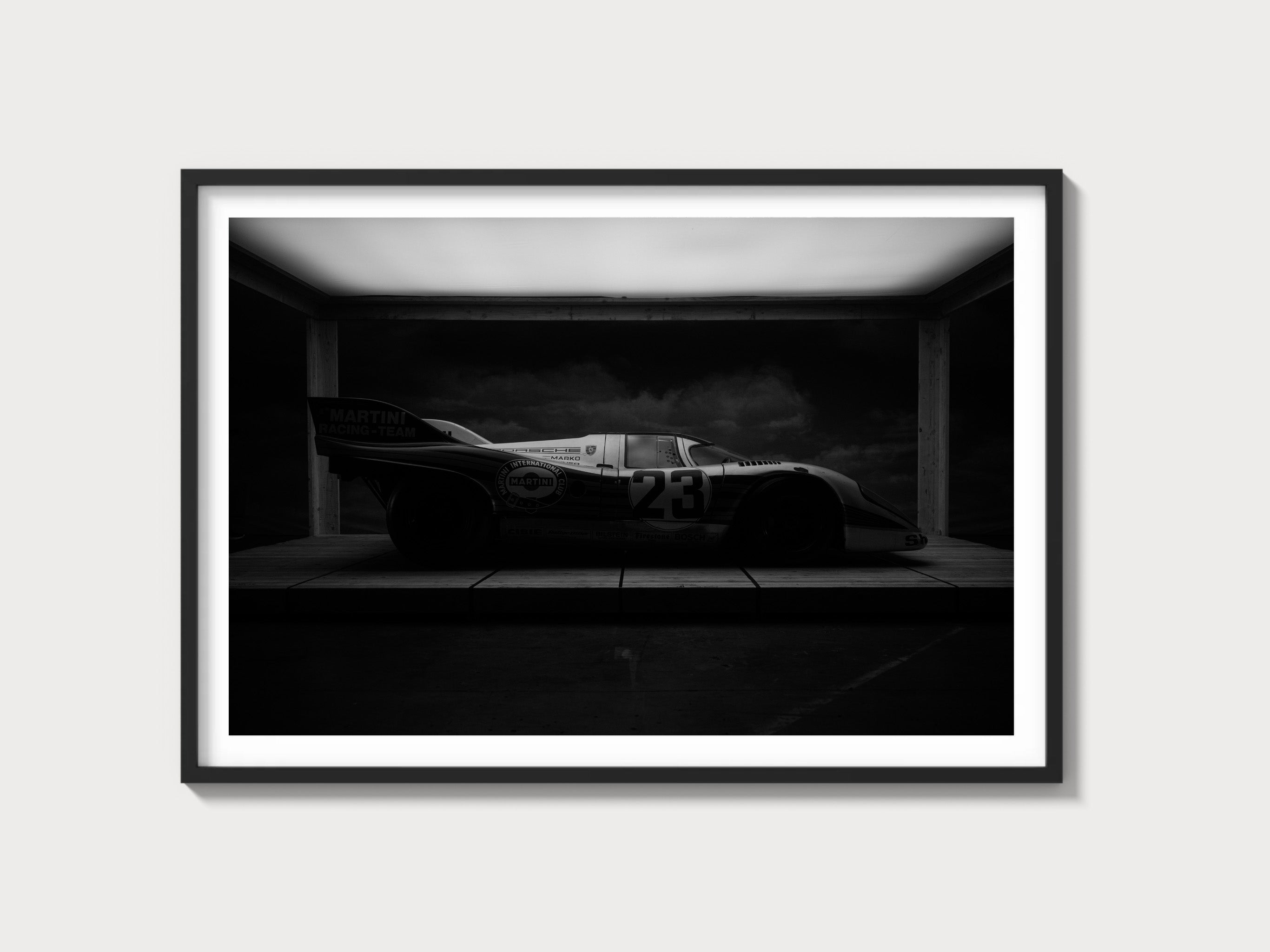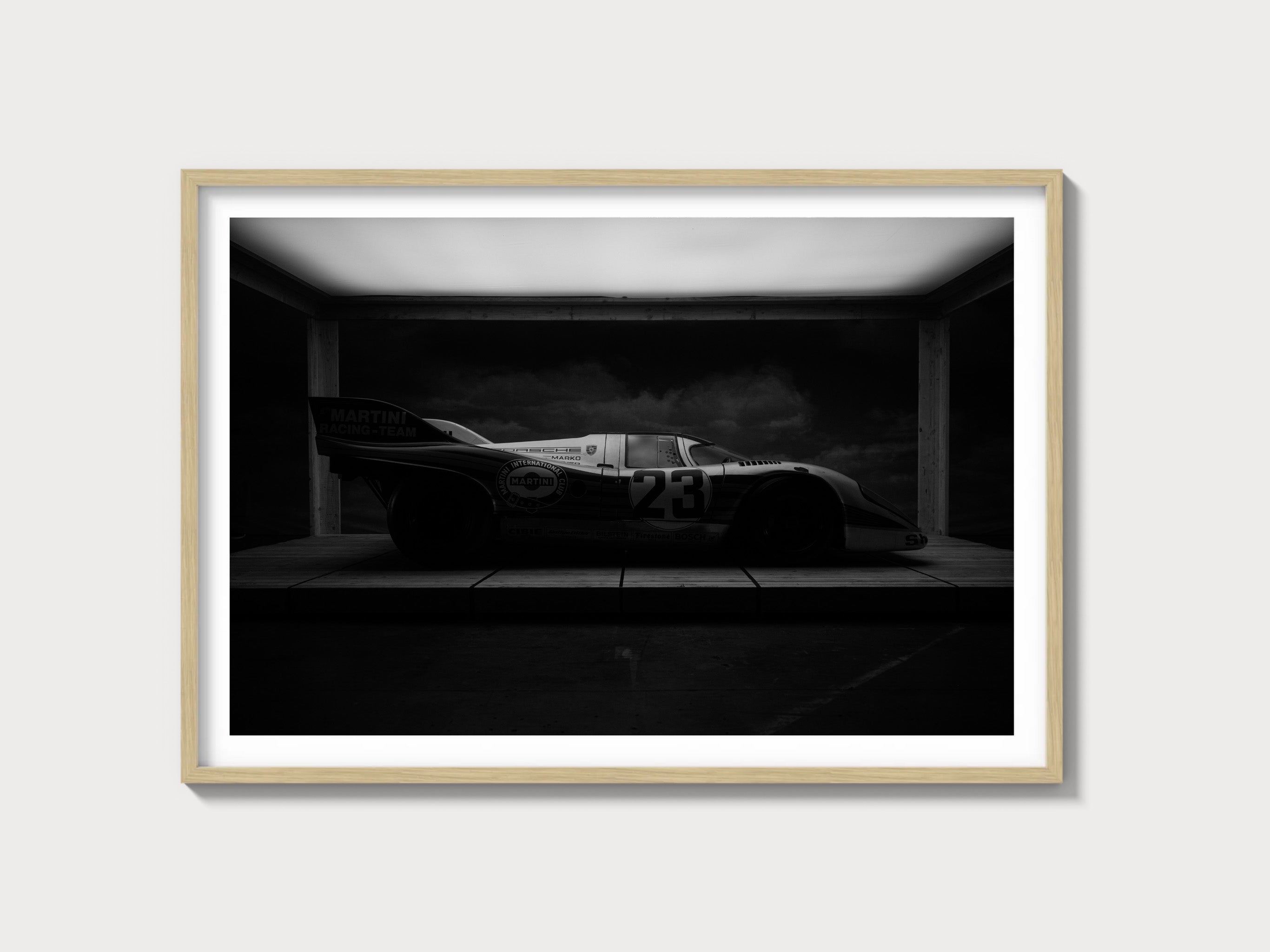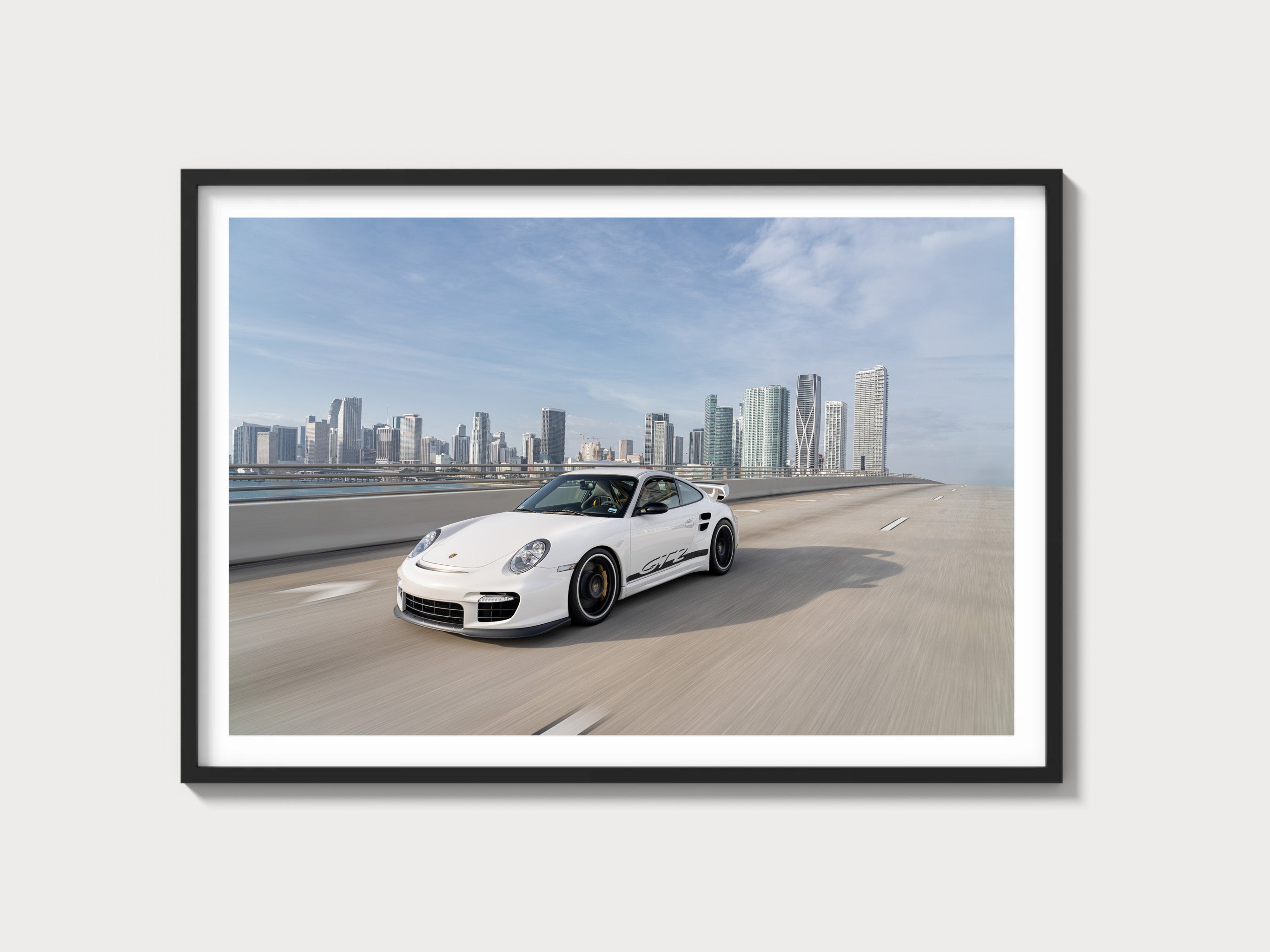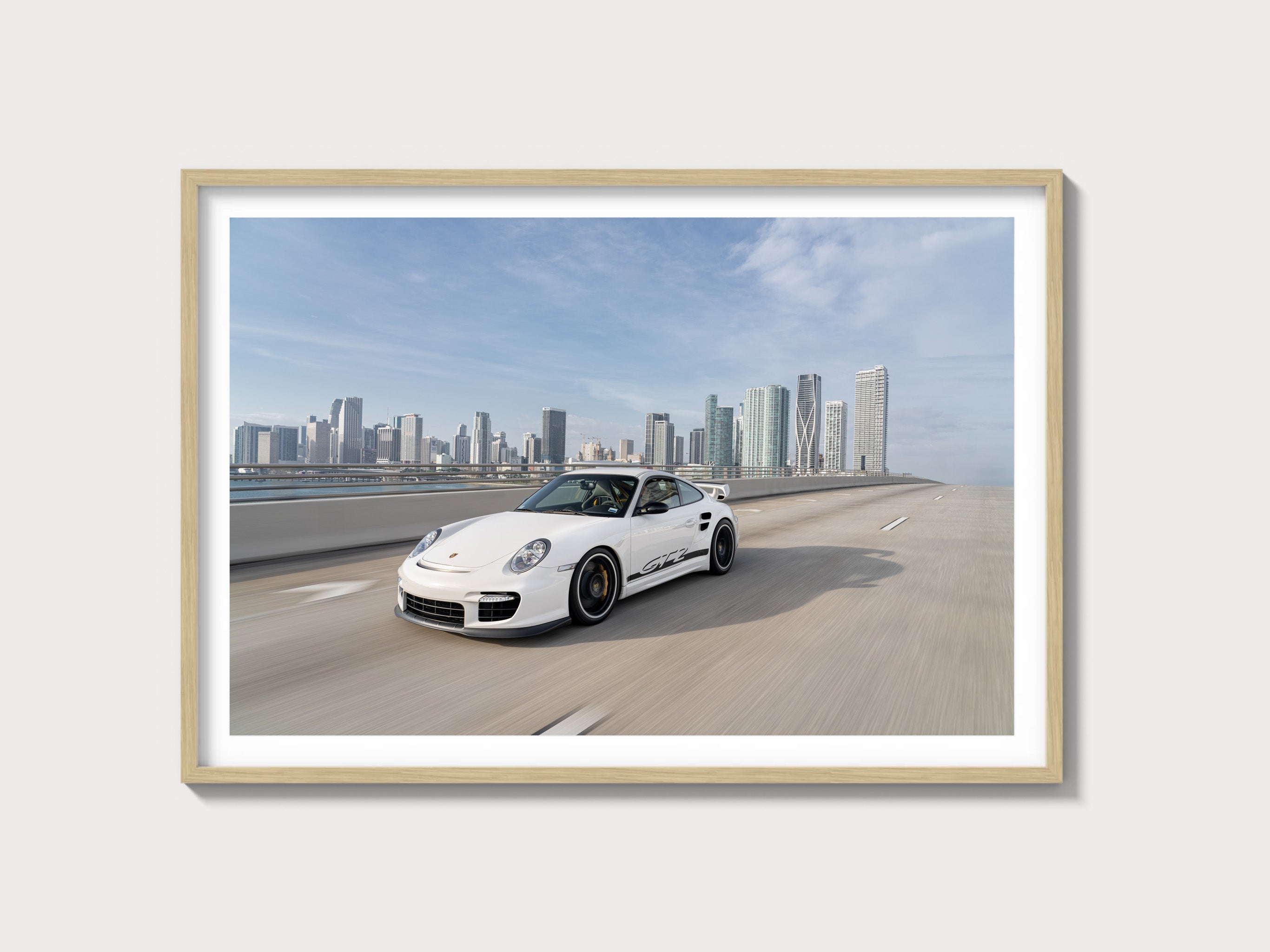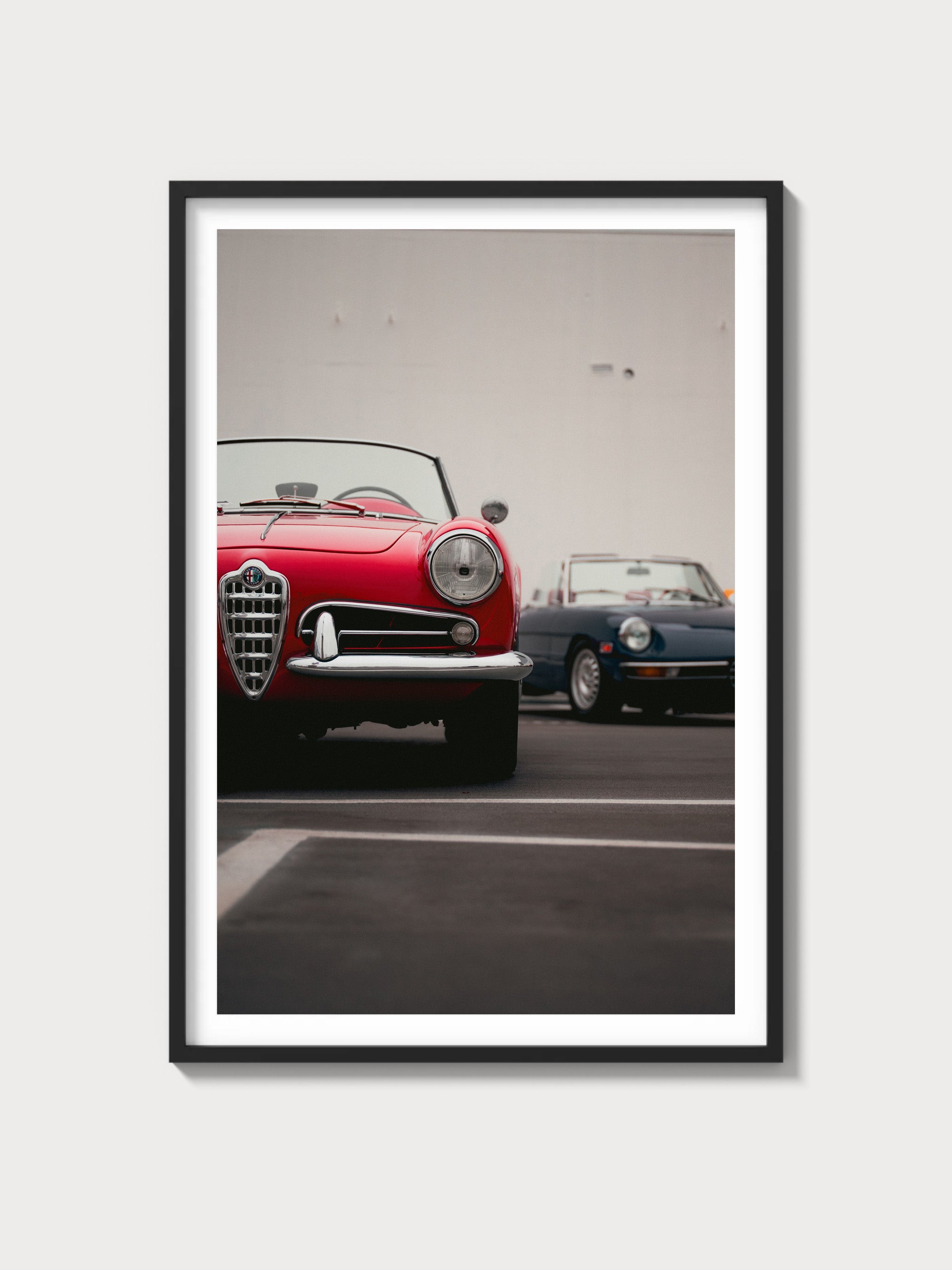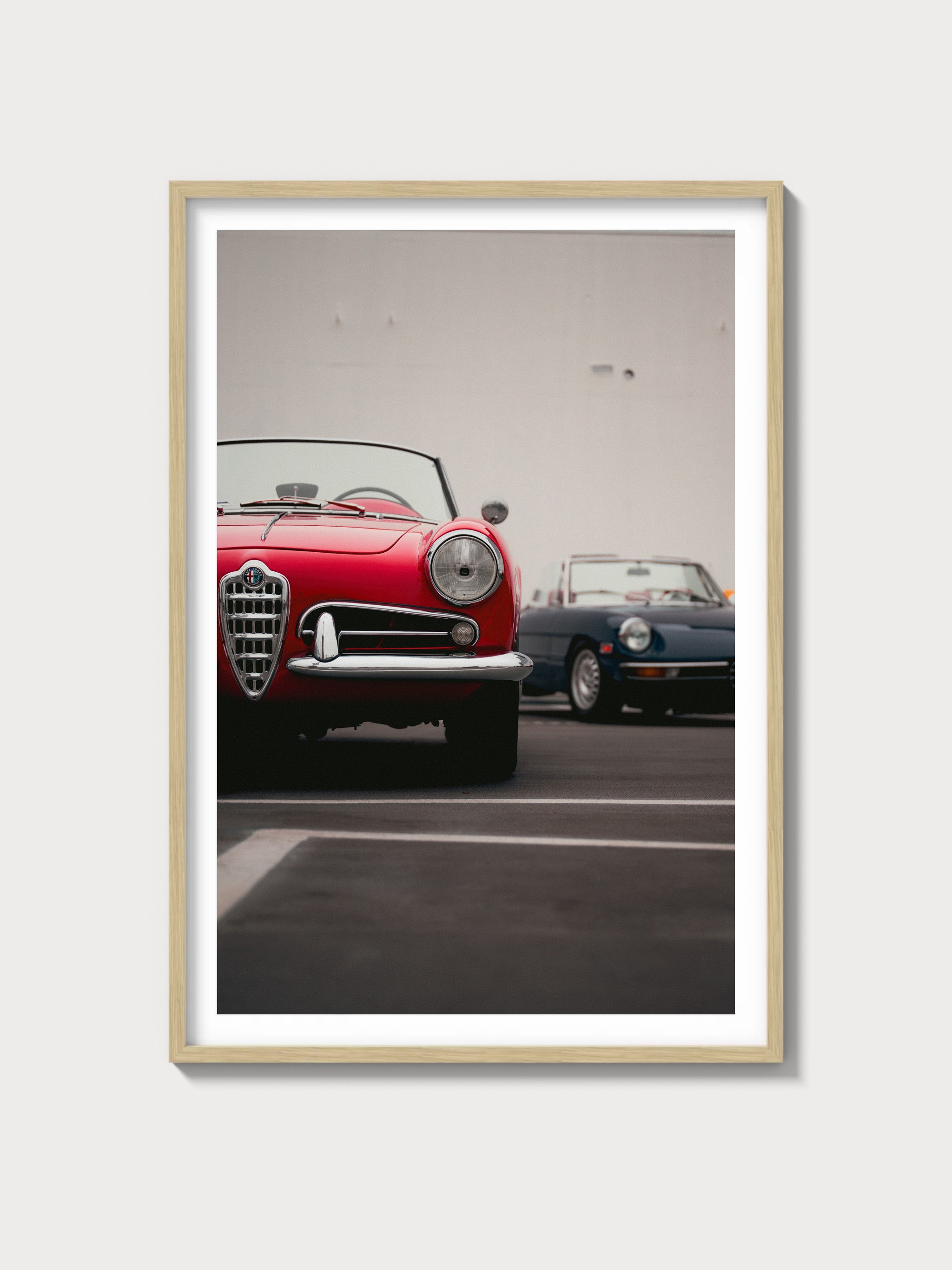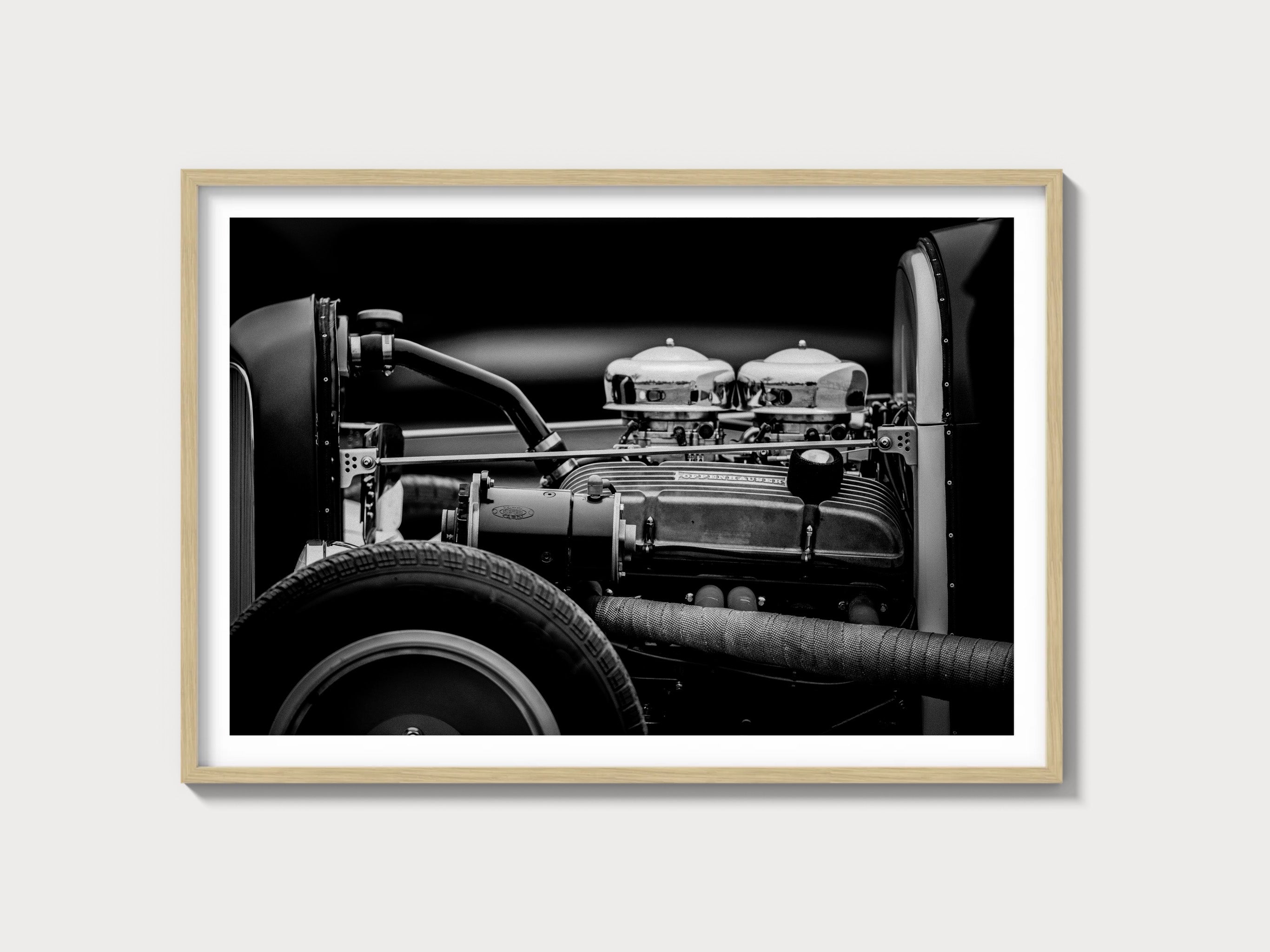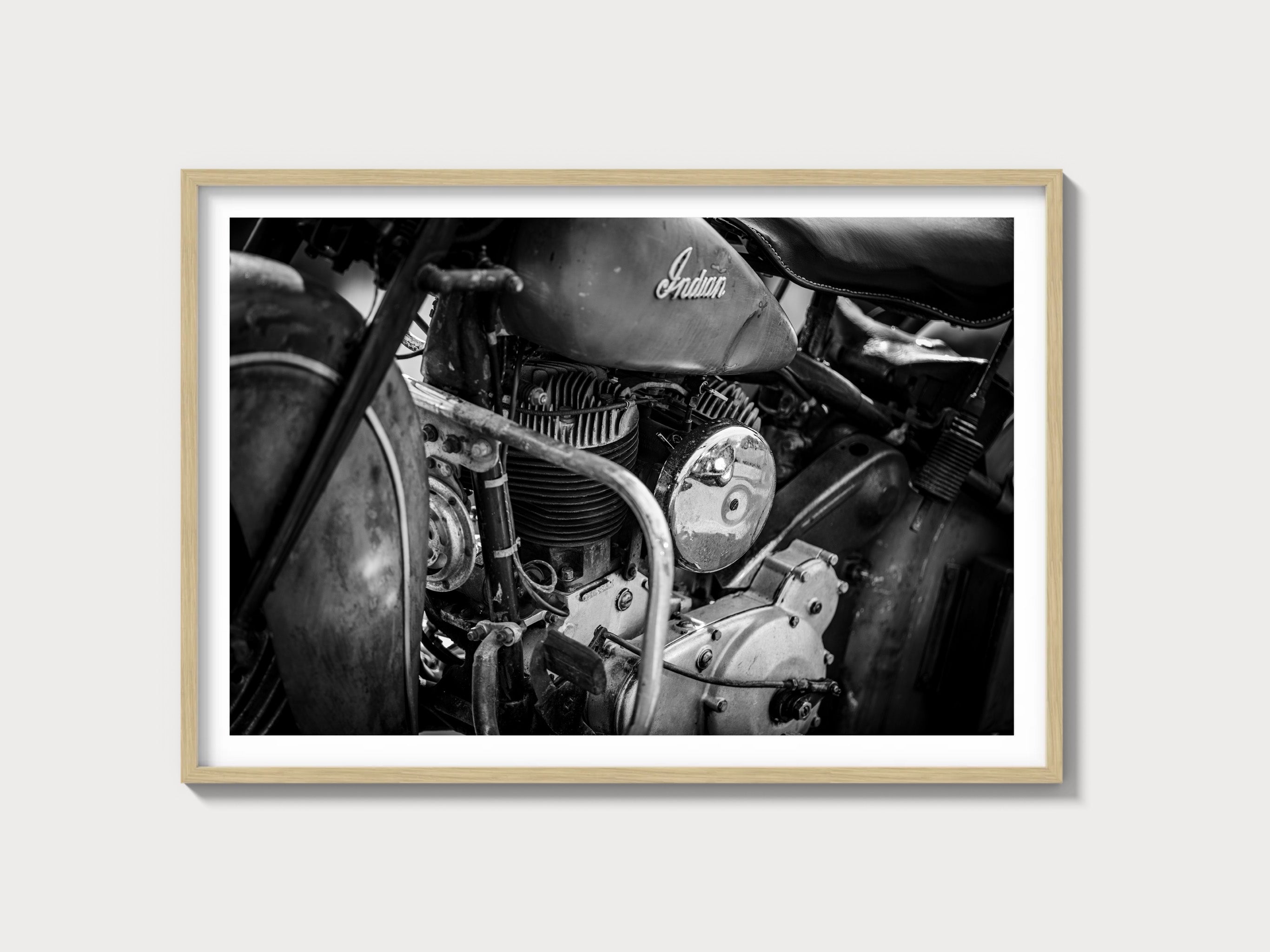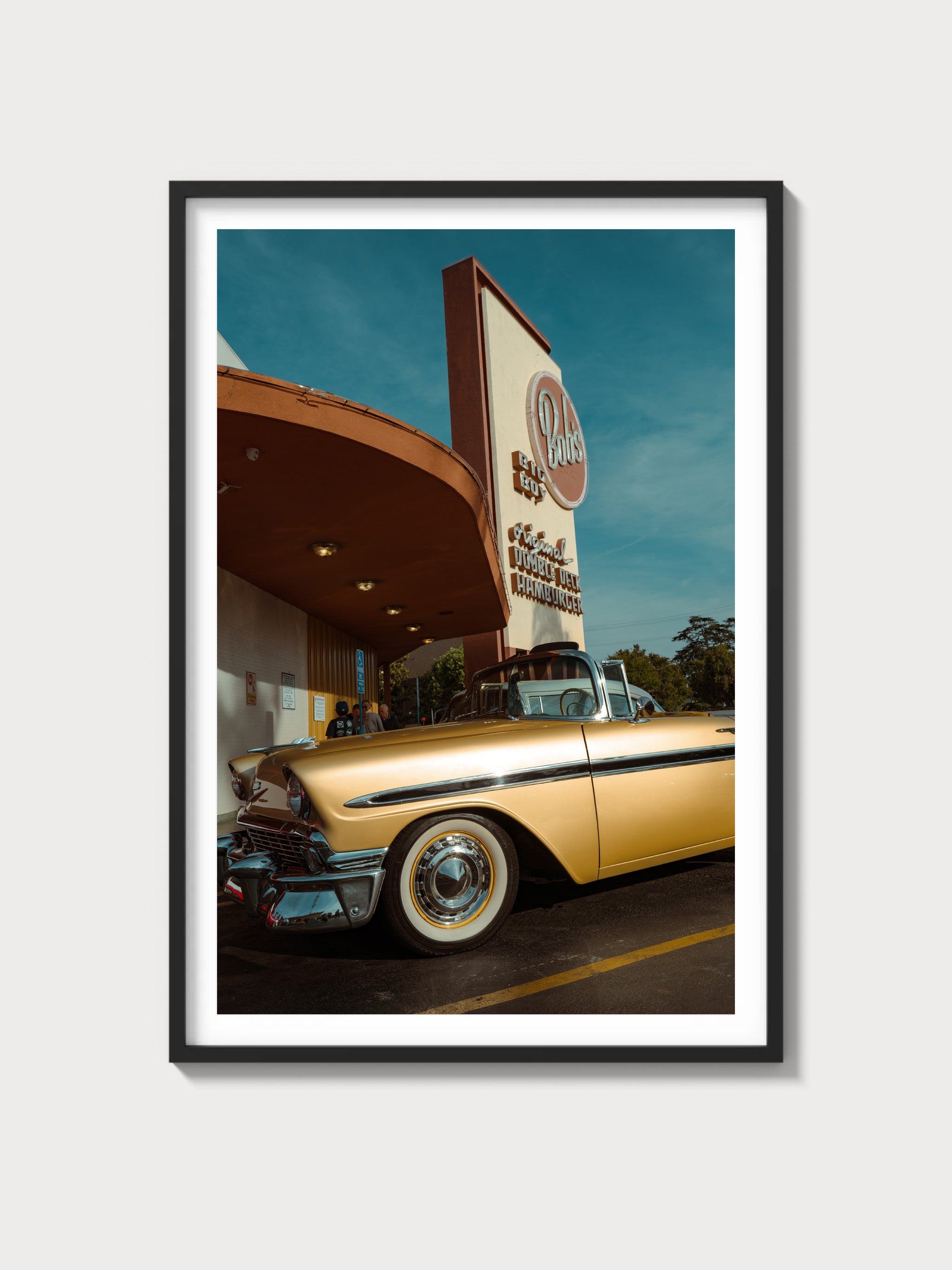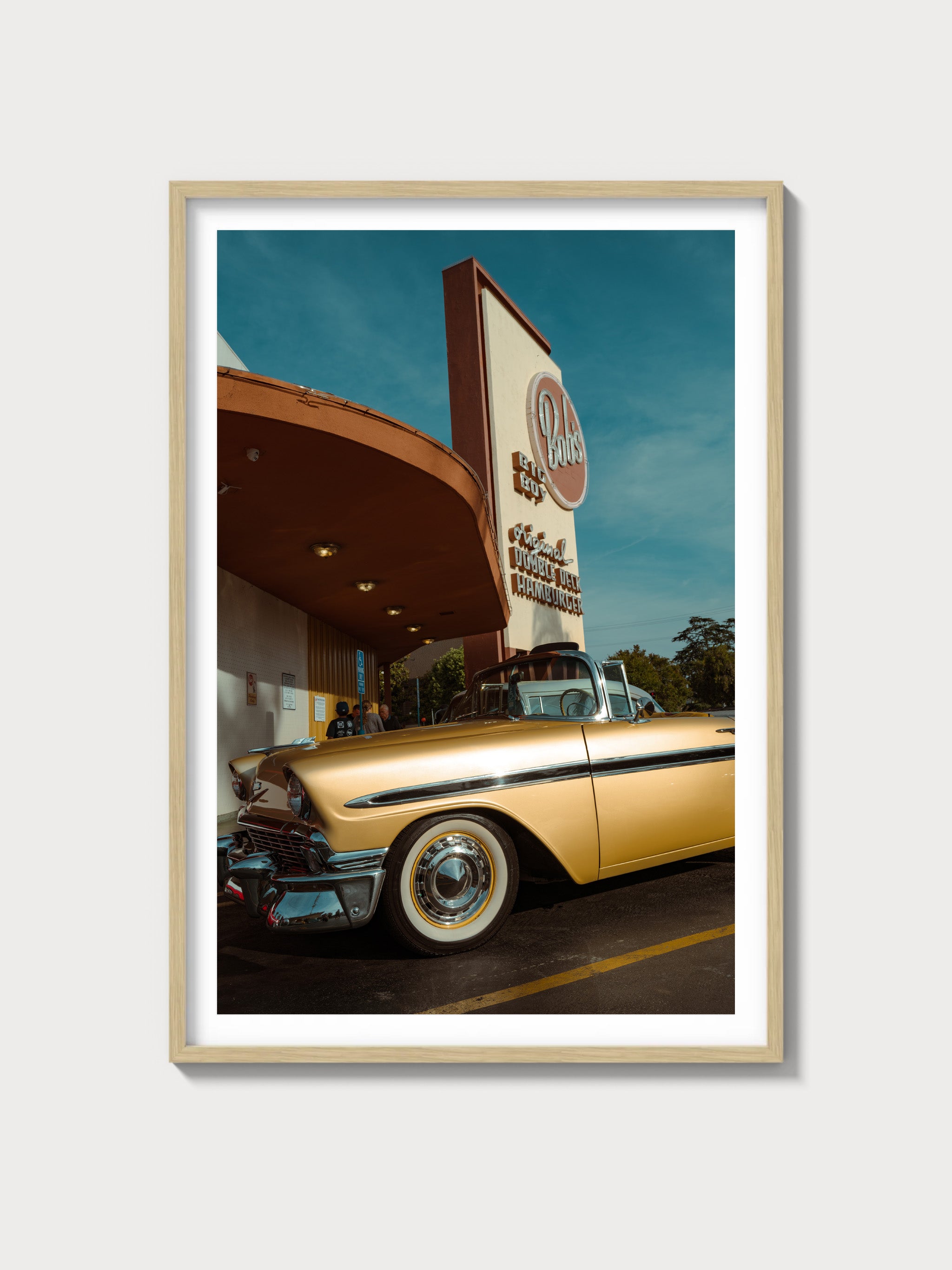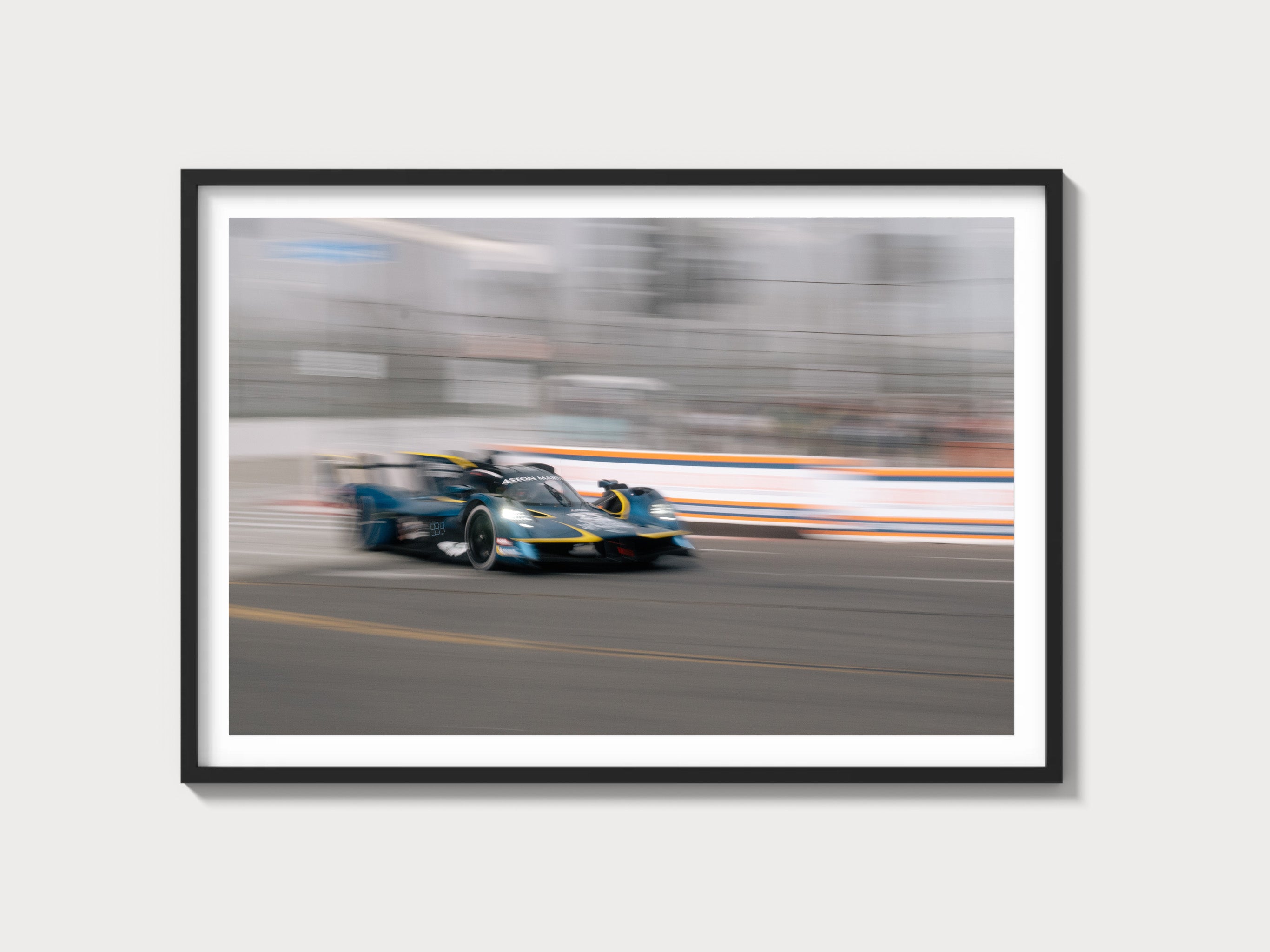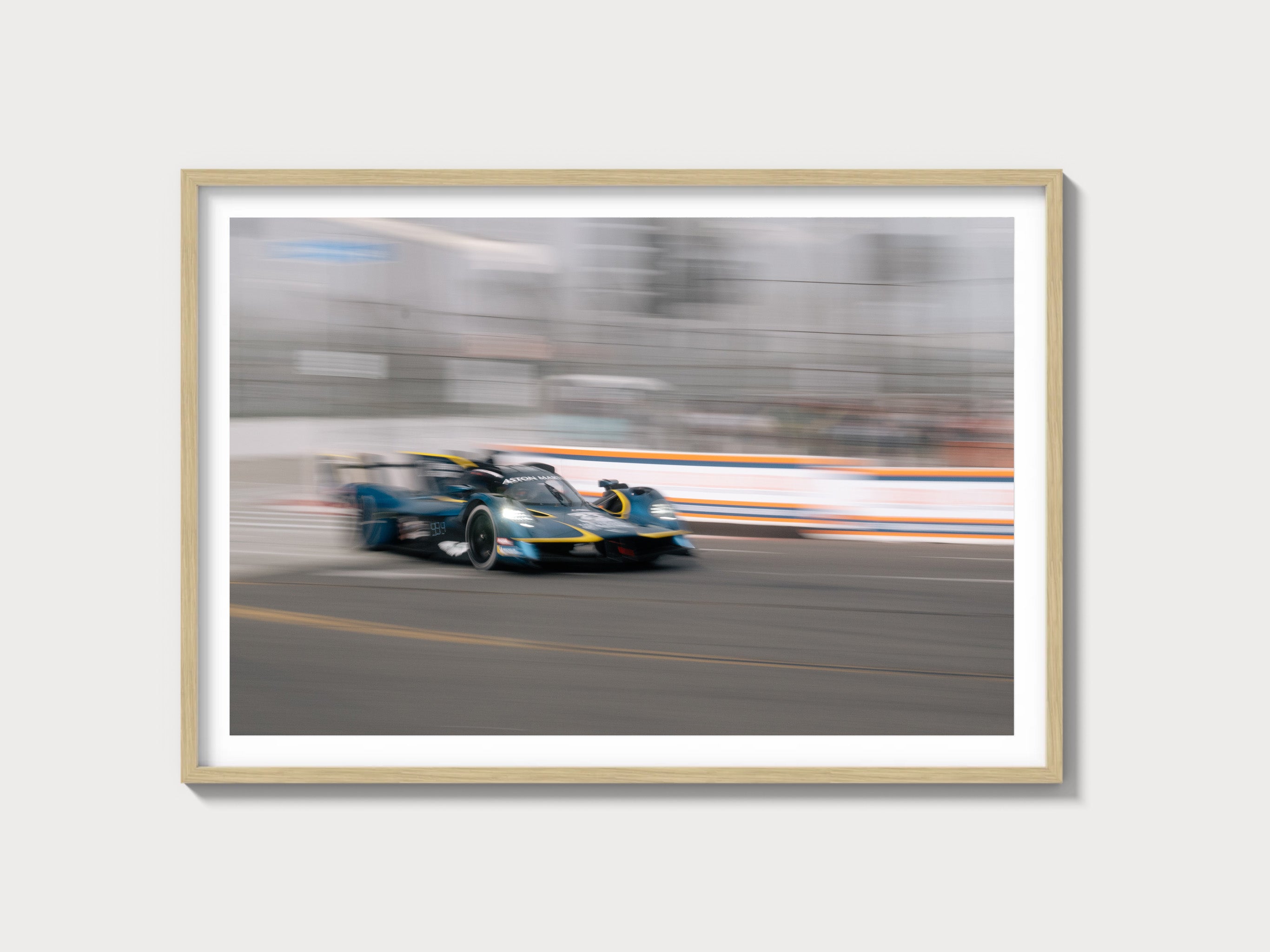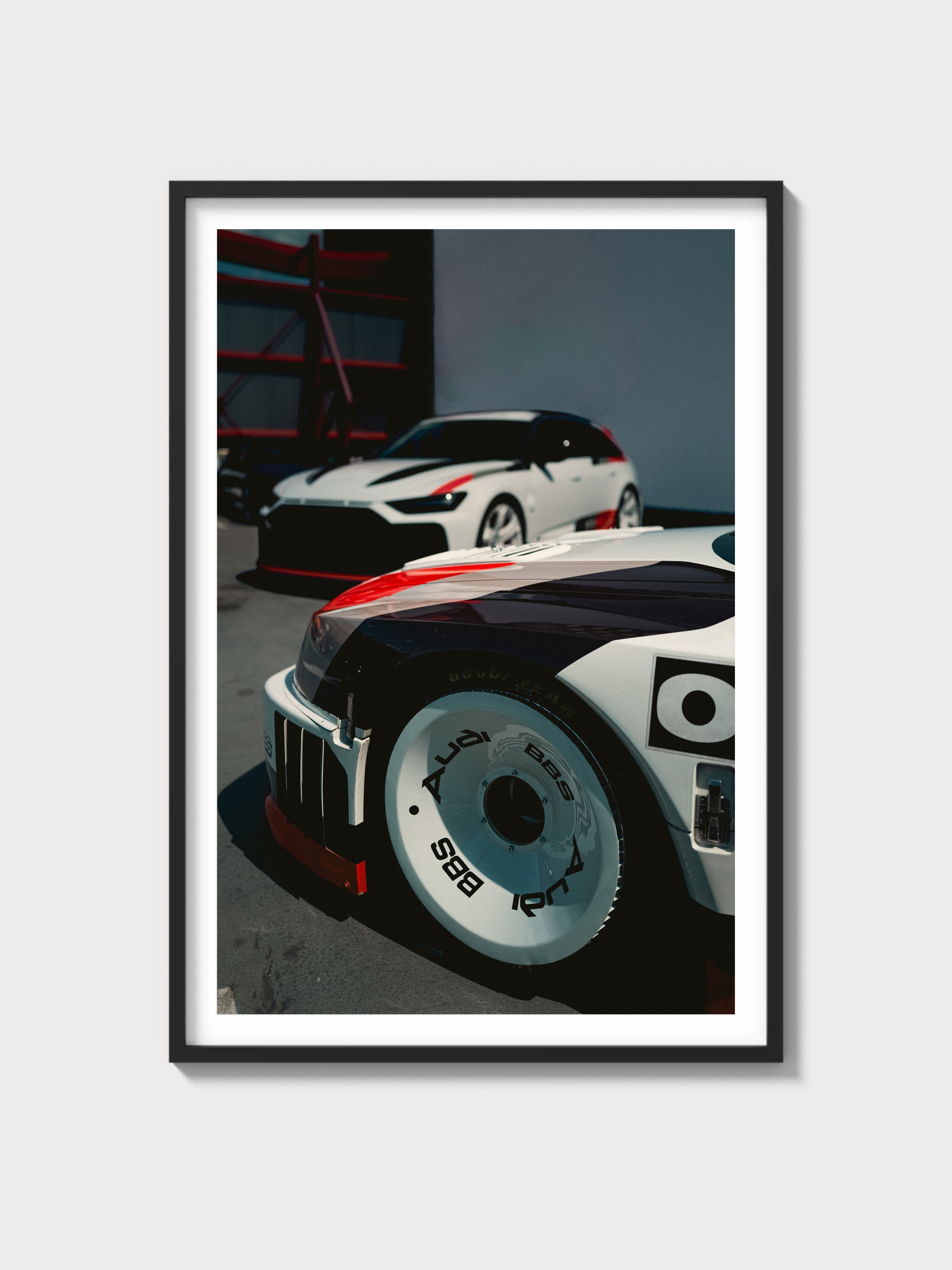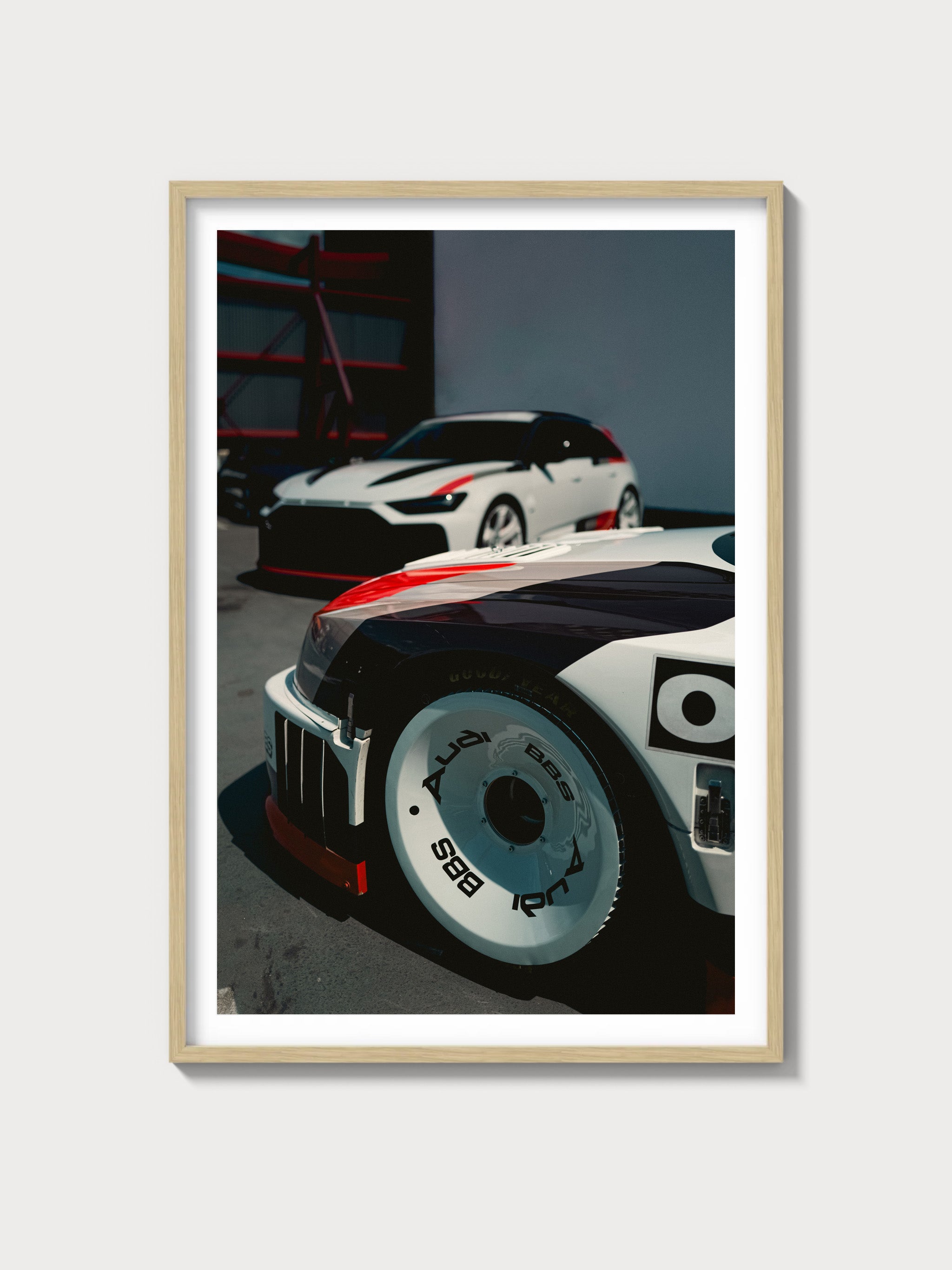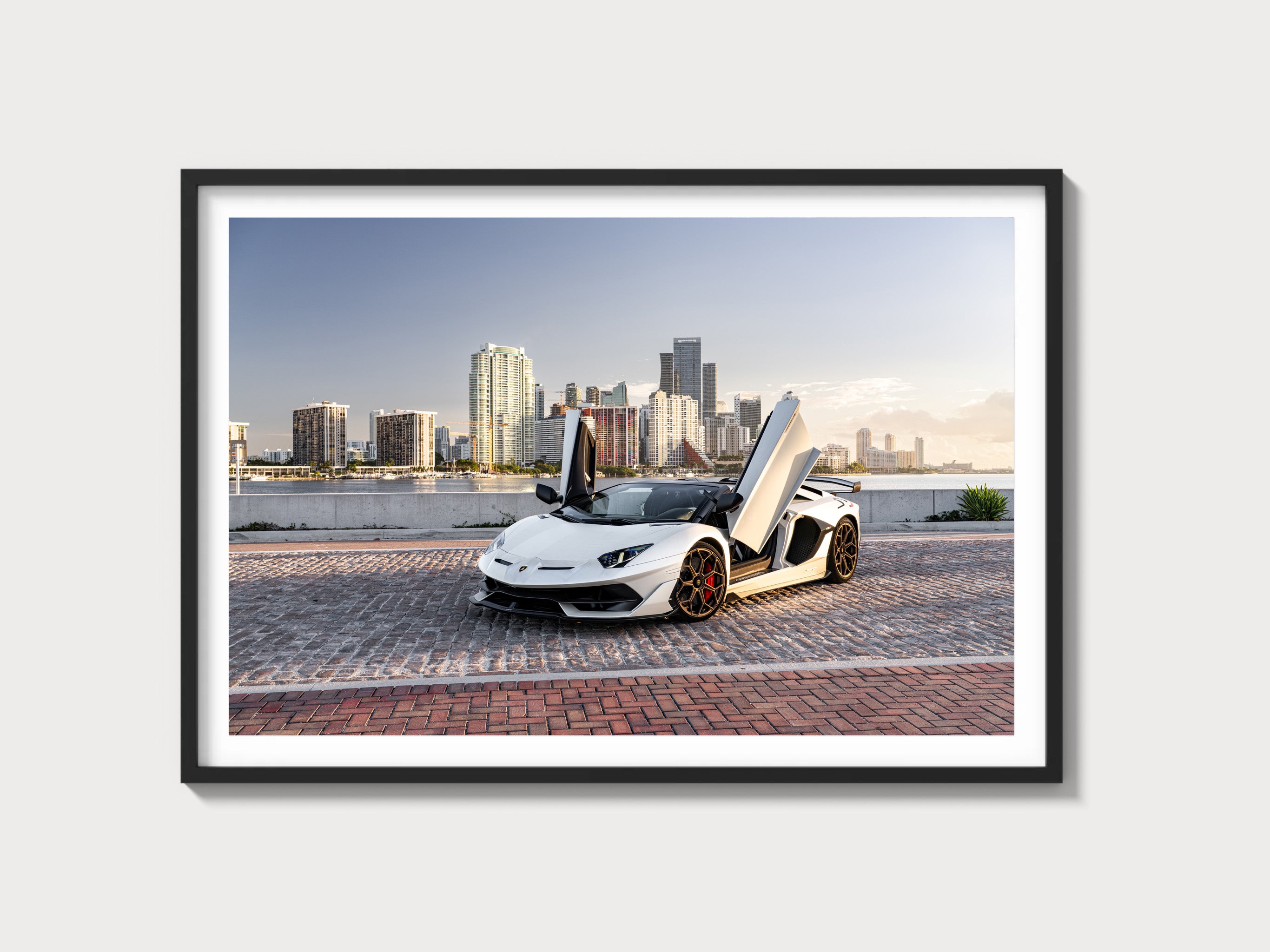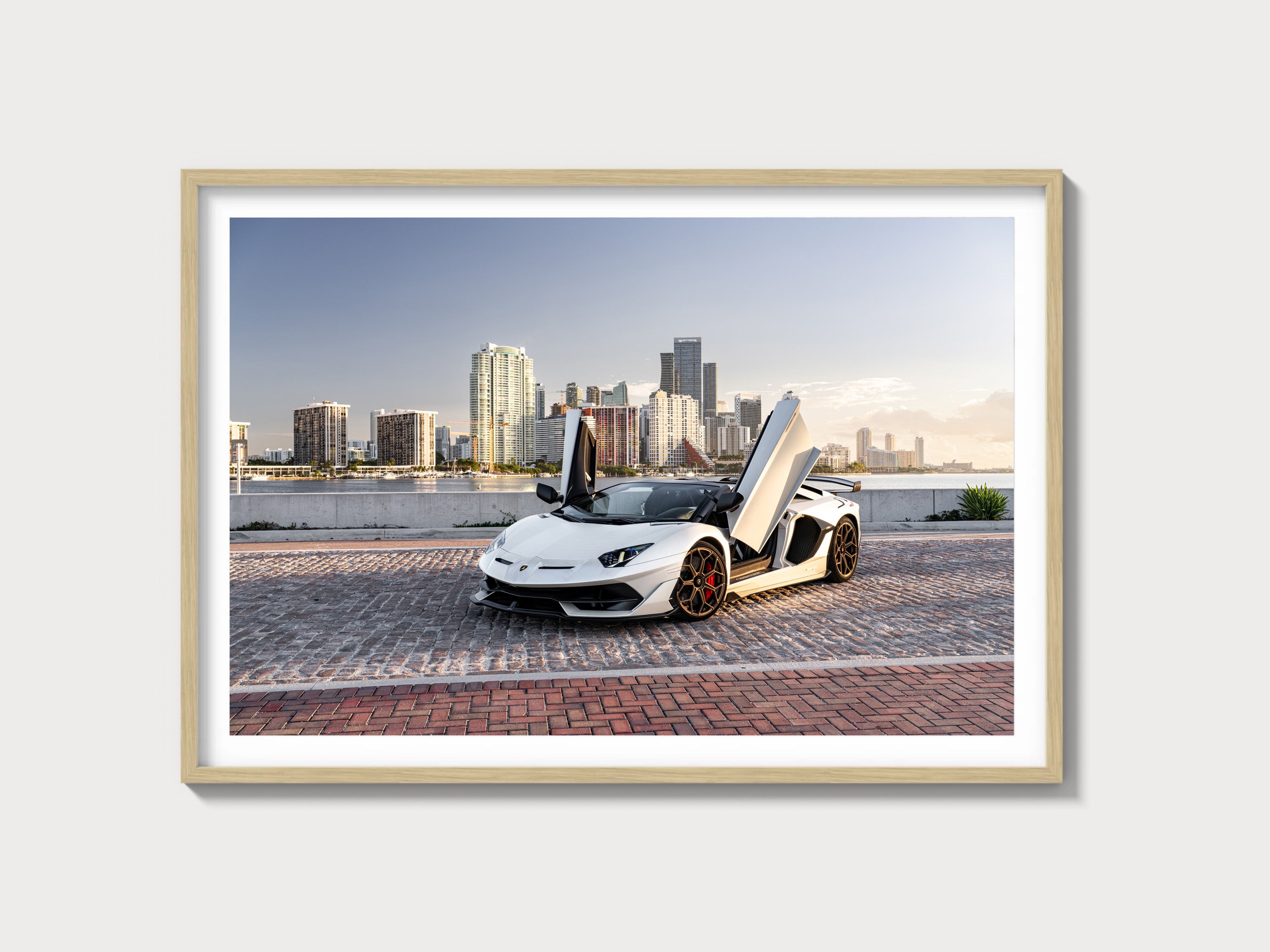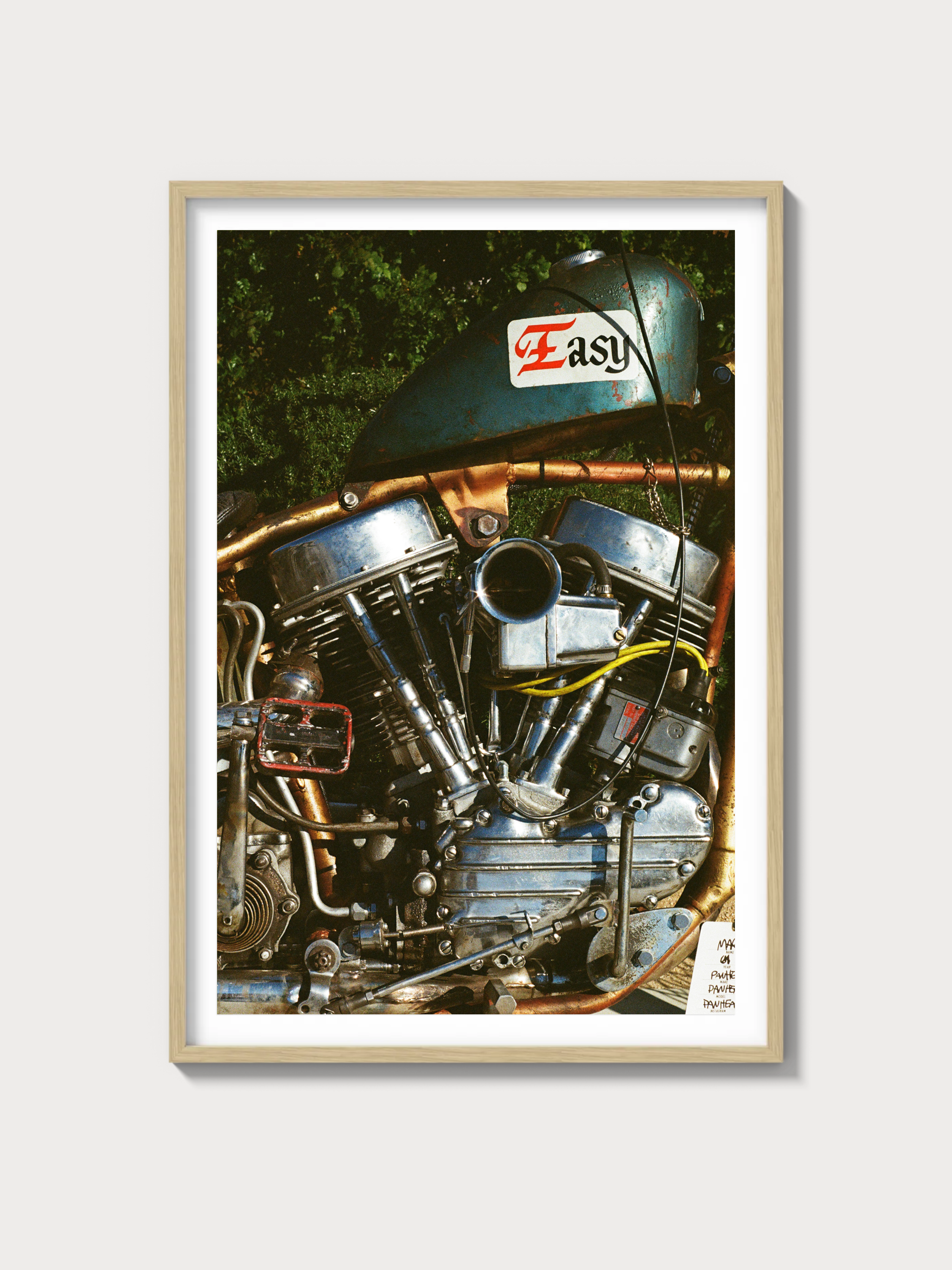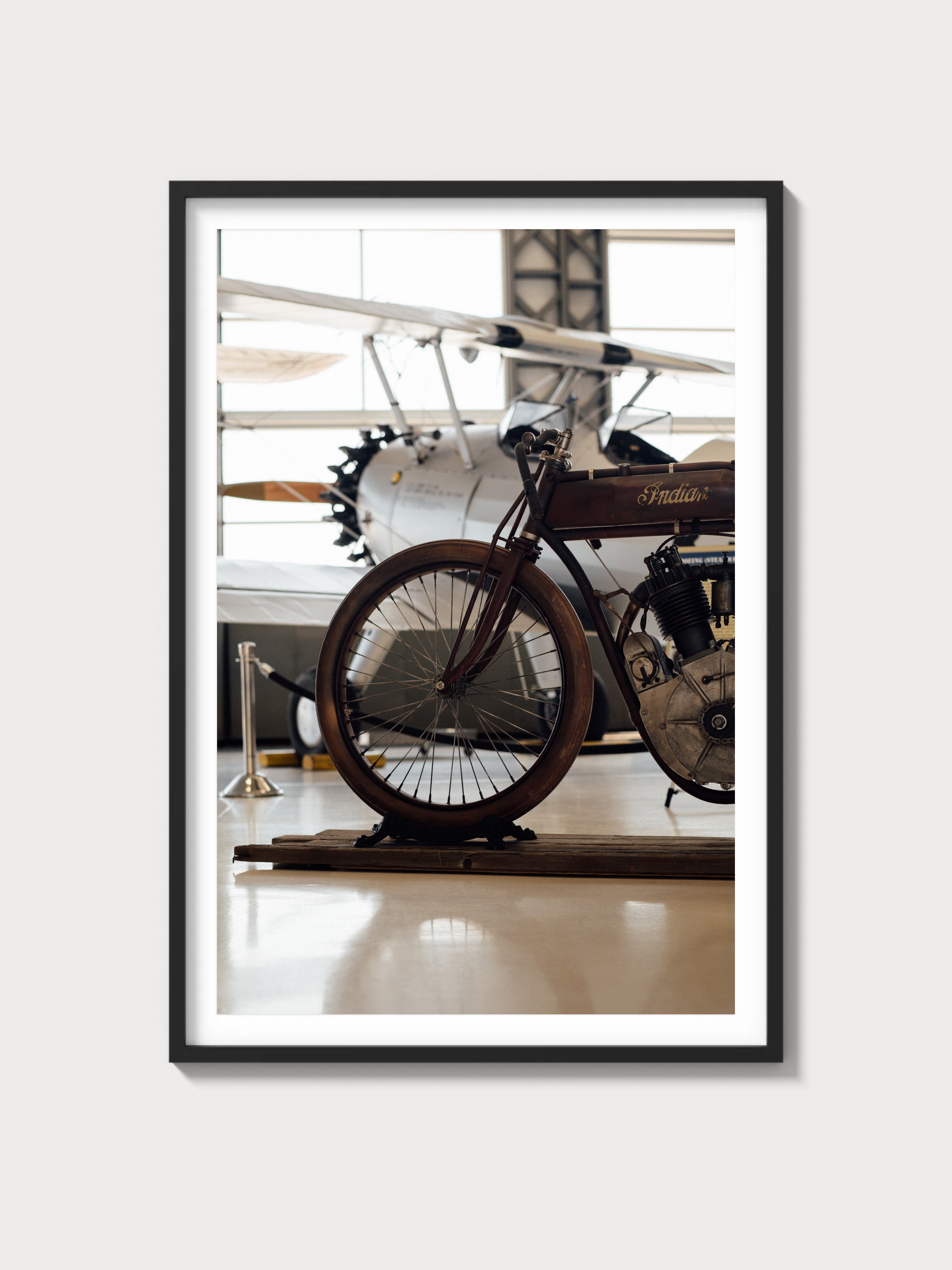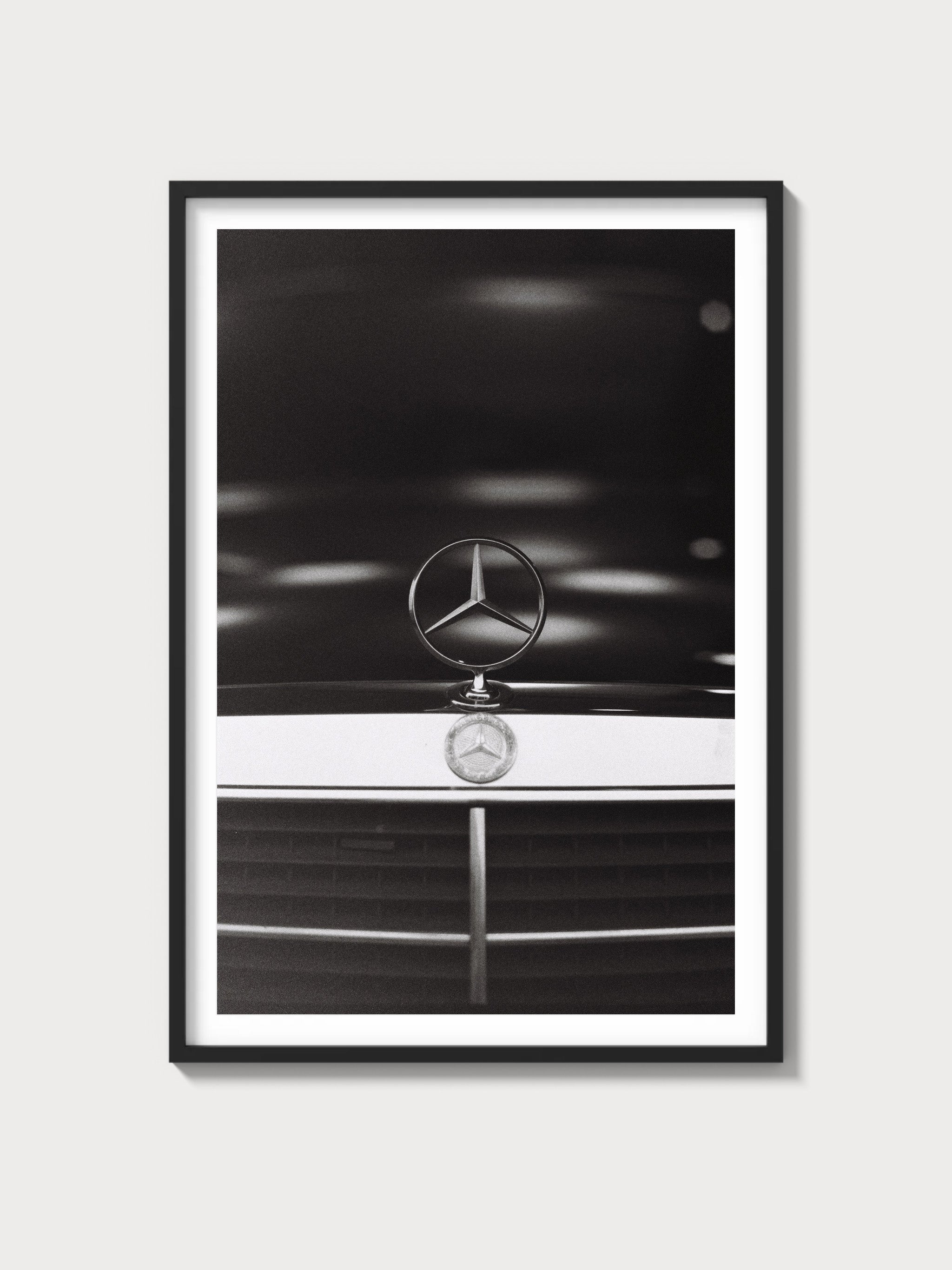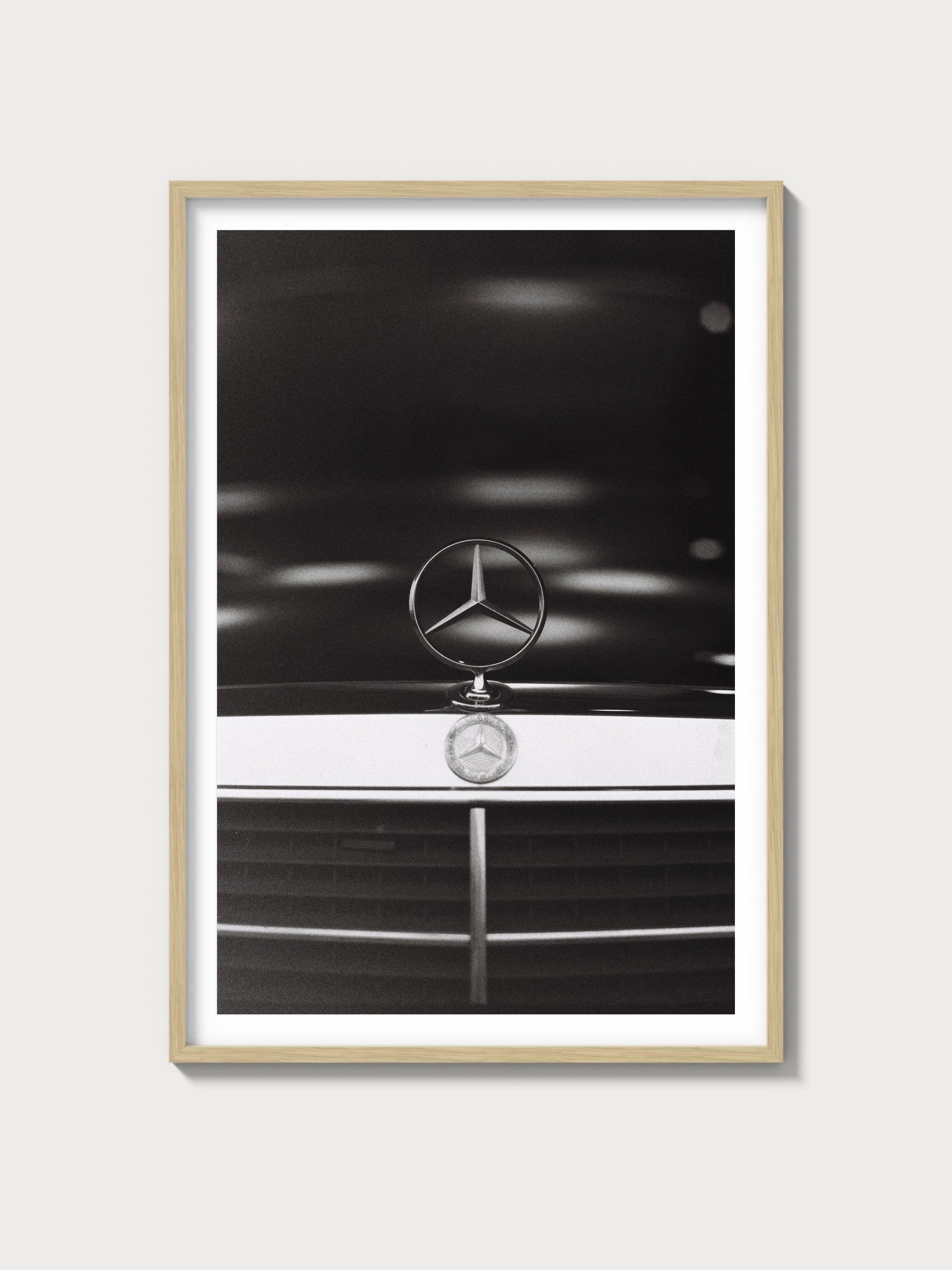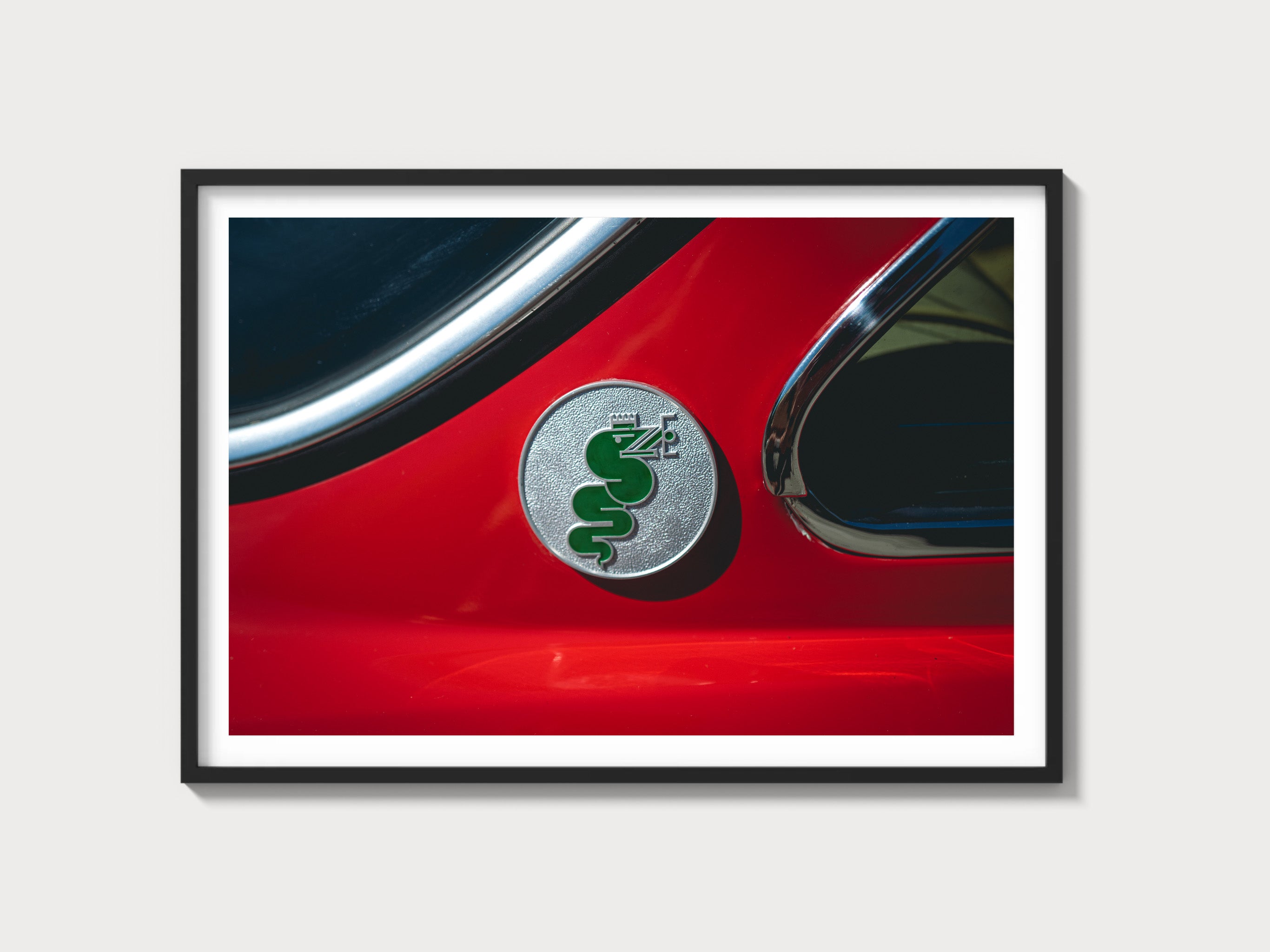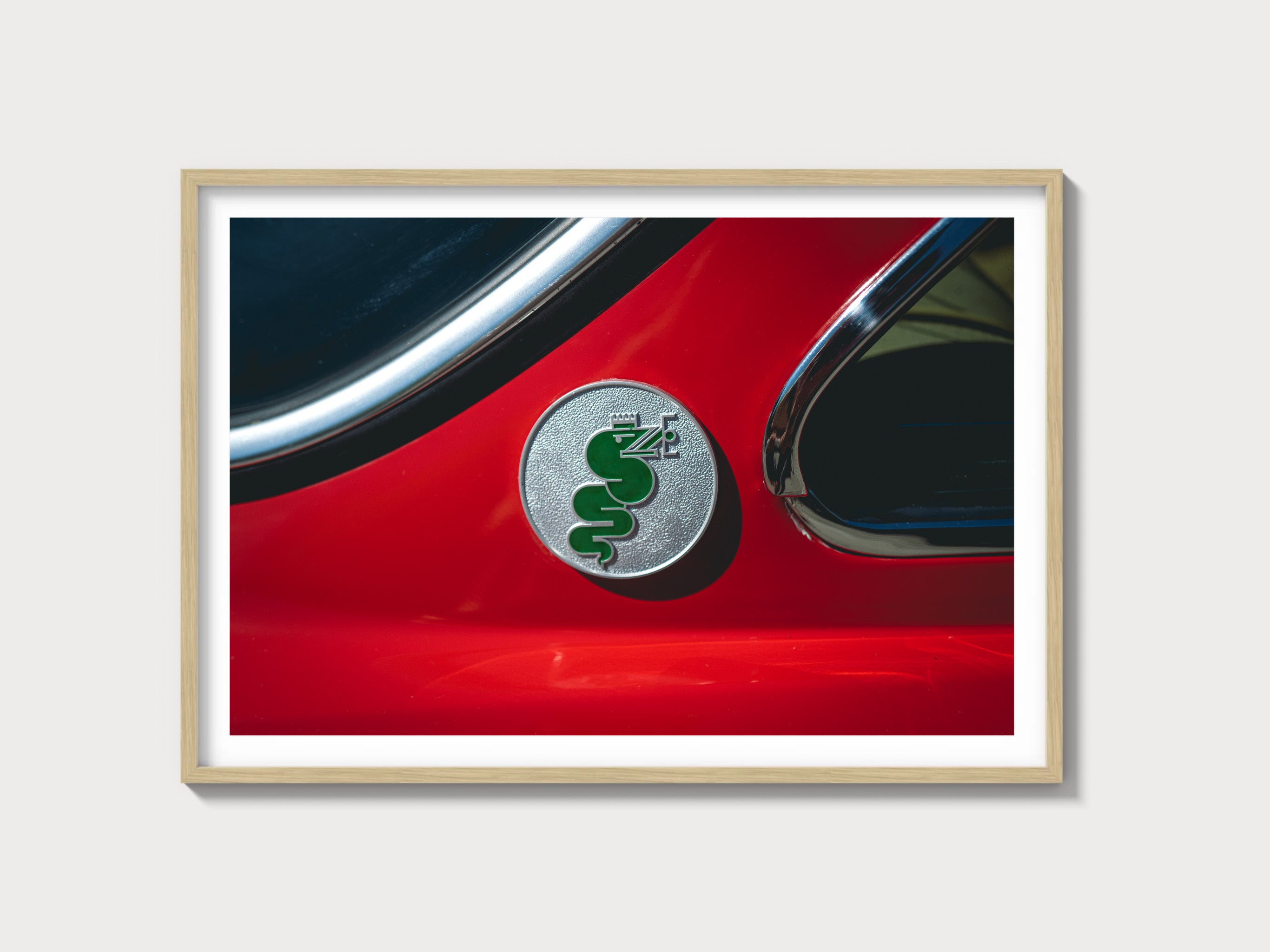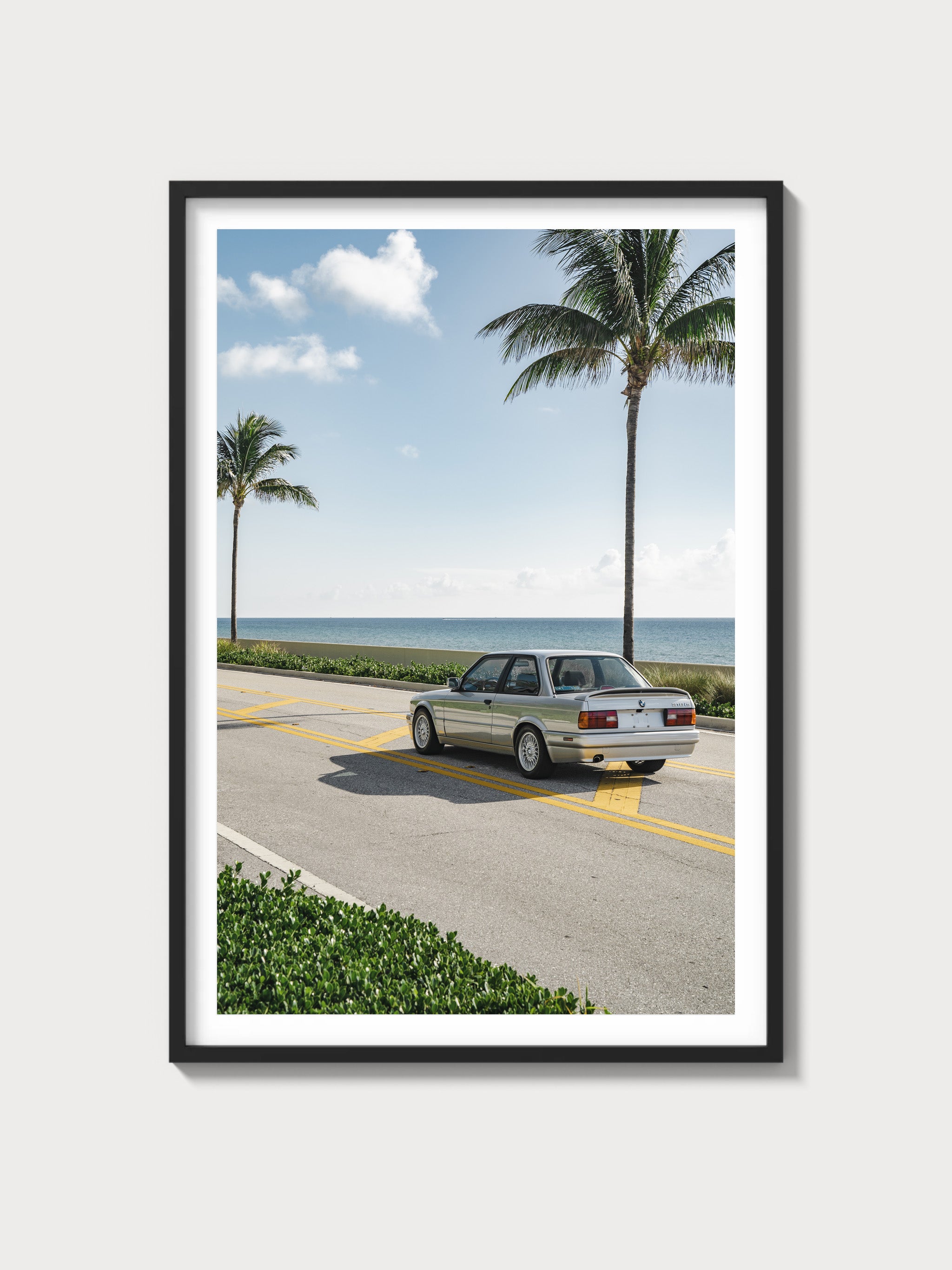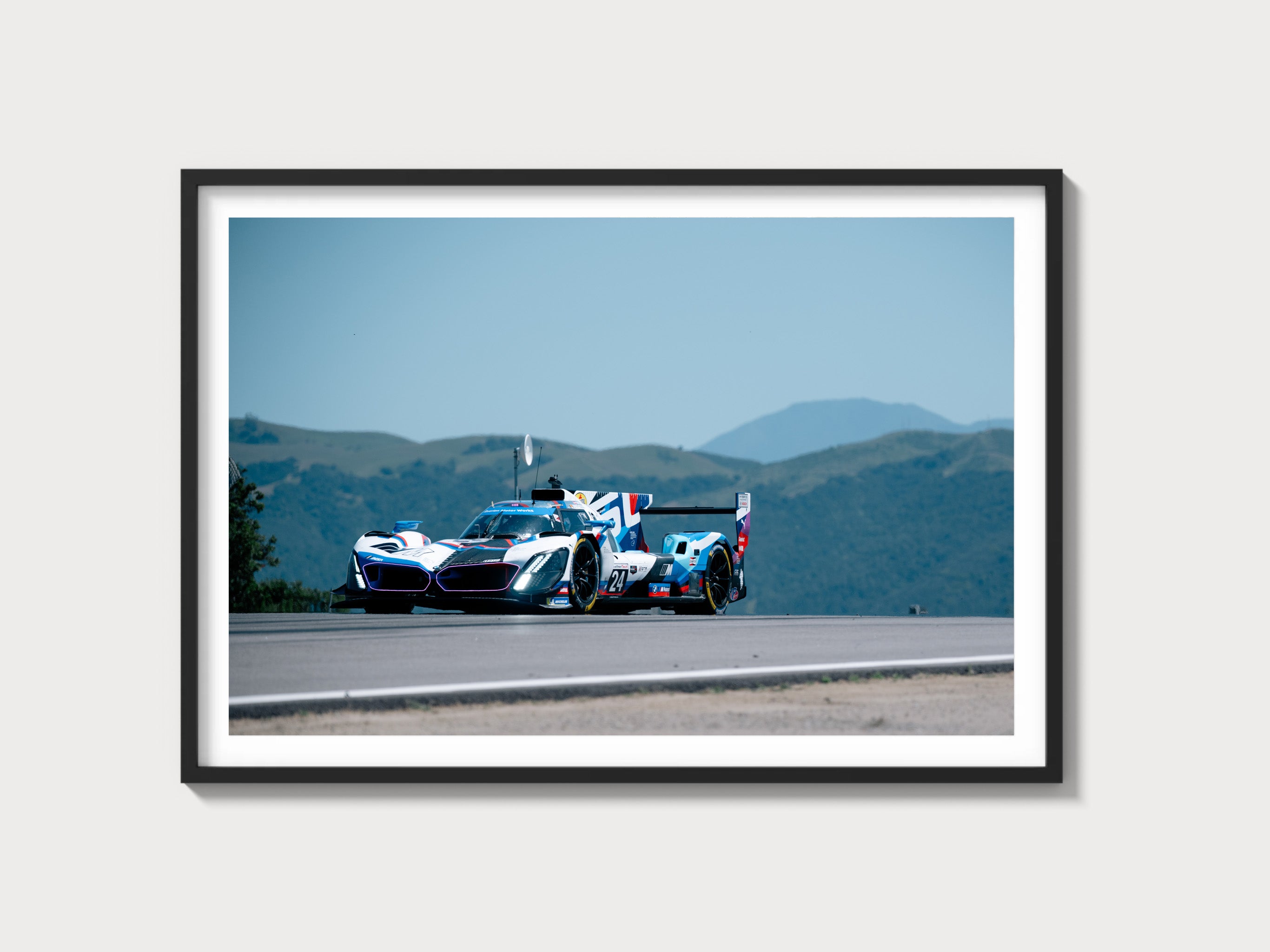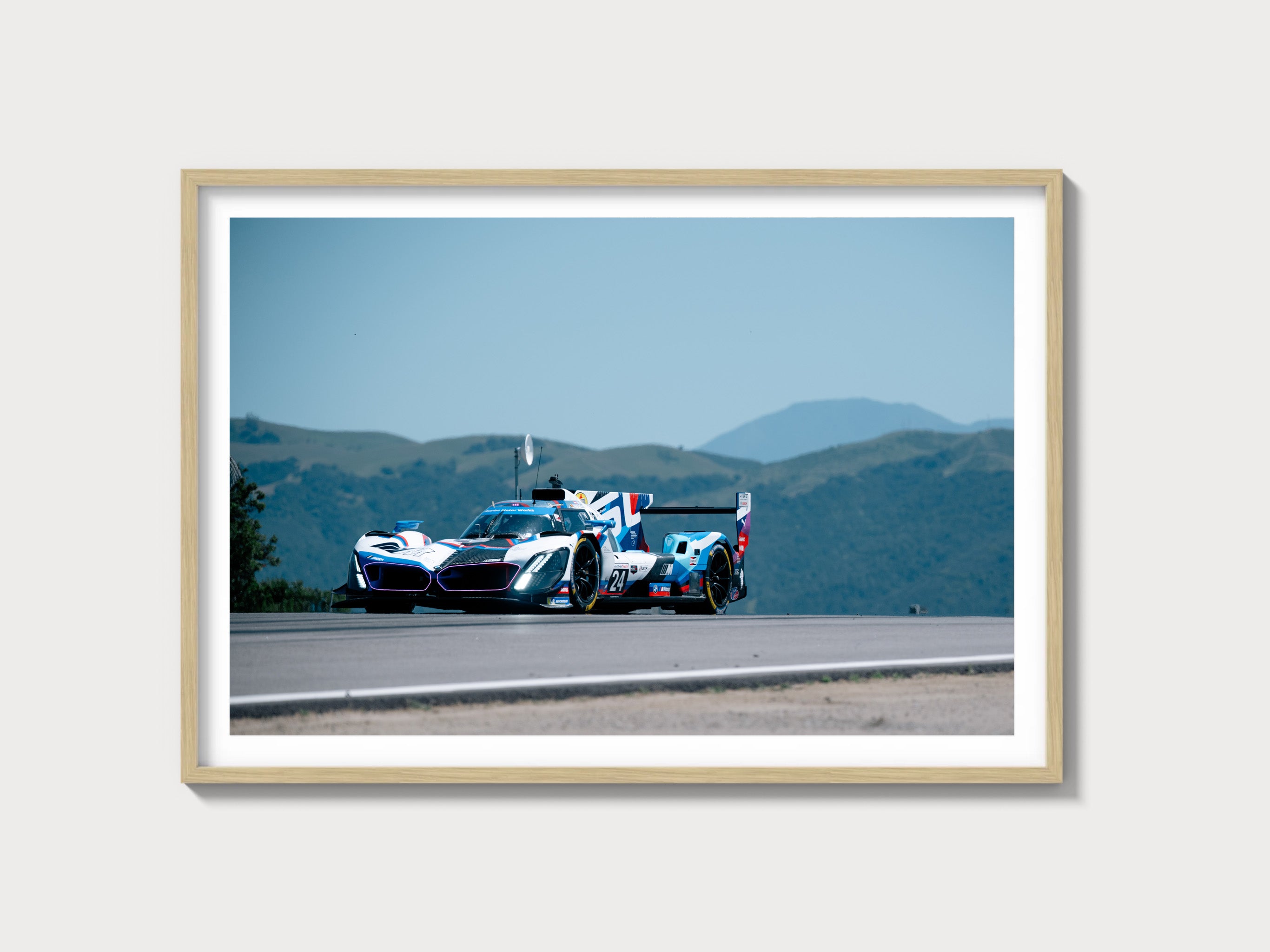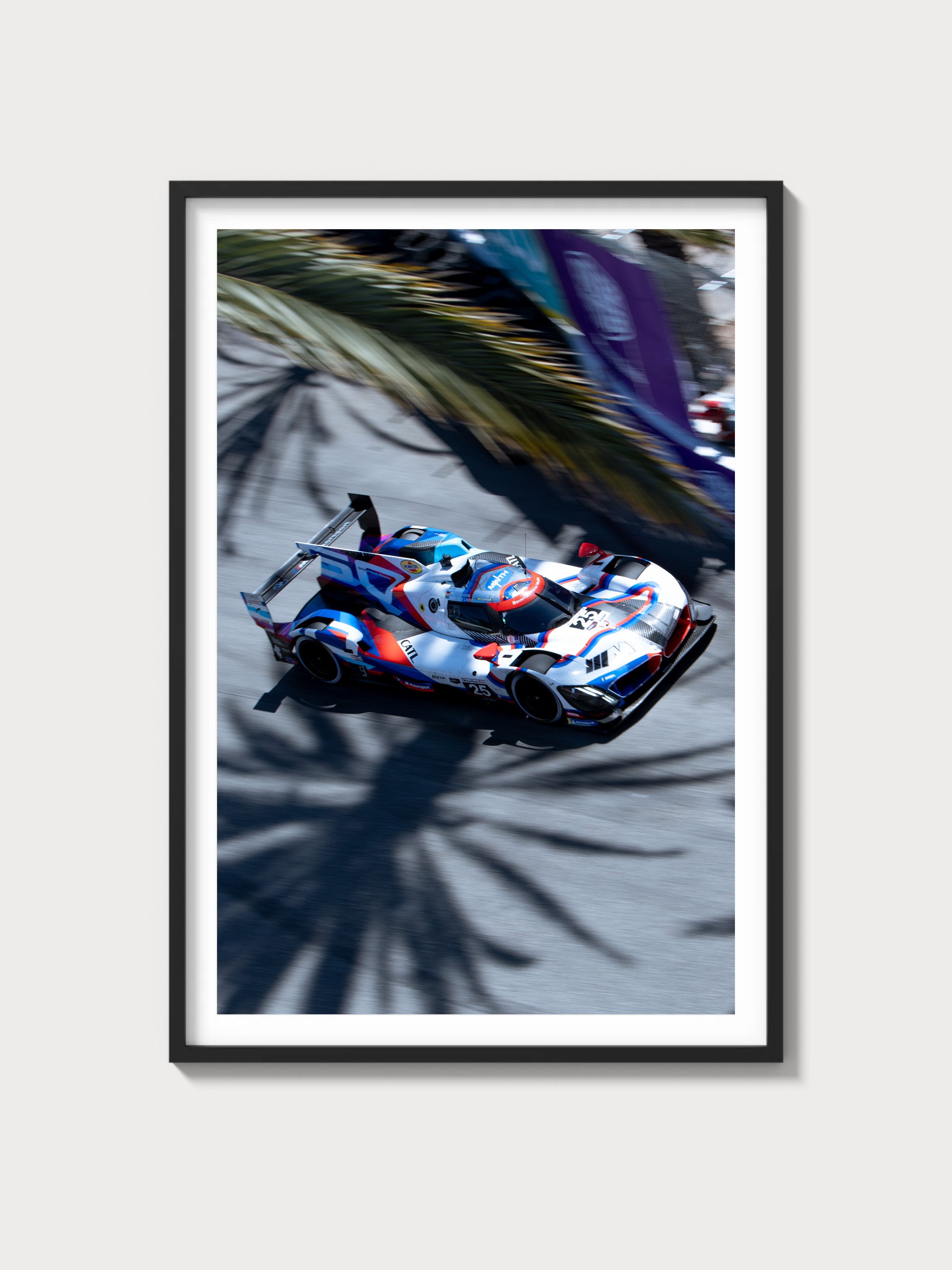Ferrari 400 Automatic/GT: The Definitive History, Specs, and Legacy
Introduction: Ferrari’s Luxurious Four-Seat Evolution
In the distinguished lineage of Ferrari’s grand tourers, the 400 Automatic/GT, introduced in 1976, stands as a refined pinnacle—a four-seat coupe that blended luxurious comfort with robust V12 performance. Powered by a 4.8-liter Colombo V12, this model saw 2,323 units crafted by Pininfarina, succeeding the 365 GT4 2+2. Offering both a 5-speed manual (GT) and a pioneering 3-speed automatic (Automatic), it marked Ferrari’s first venture into automatic transmissions, catering to a clientele seeking effortless grand touring.
The year 1976 was a vibrant period for Ferrari, its racing triumphs—512 BB, 308 GTB—complementing road car innovation. Unveiled at the 1976 Paris Motor Show alongside the 512 BB, the 400 Automatic/GT impressed with its angular elegance. This exhaustive history, penned with a Ferrari historian’s precision, explores its technical advancements, its sophisticated styling, its subtle racing ties, and its enduring legacy.
Historical Context: Ferrari’s Luxury GT Refinement
The Ferrari 400 Automatic/GT emerged during a transformative era for Maranello. By 1976, Ferrari’s racing pedigree—365 GTB/4 "Daytona"’s speed, 512 BB’s supercar leap—had solidified its prestige, yet Enzo Ferrari sought to enhance the four-seater GT lineage. The 365 GT4 2+2’s 526-unit run (1972-1976) had modernized the formula, but its design and 4.4L V12 were ready for an upgrade. The 400 Automatic/GT, with a larger 4.8L engine and optional automatic transmission, answered, targeting affluent buyers seeking luxury and convenience while rivaling Mercedes’ 450 SLC and Jaguar’s XJ-S.
A total of 2,323 units were built (1976-1985)—1,816 Automatics and 507 GTs—all Pininfarina coupes with a true 2+2 layout. Chassis 19783, the prototype, debuted at Paris in October 1976, its sharp lines signaling a refined evolution. This was a car for cosmopolitan elites—European aristocrats, American executives—its production reflecting Ferrari’s adaptation to a growing luxury market amid Italy’s mid-1970s economic recovery.
The broader context of 1976 shaped its purpose. Europe’s GT market thrived—Mercedes 450 SLC, Rolls-Royce Corniche—while America’s demand for automatic luxury cars surged. The 400 Automatic/GT bridged Ferrari’s performance heritage, rooted in the 500 Superfast, with a modern, luxurious road experience.
Technical Specifications: The Colombo V12’s Luxury Tune
The Ferrari 400 Automatic/GT’s essence was its 4.8-liter Colombo V12—a robust engine tailored for grand touring elegance. Below, we dissect its engineering with historian’s detail.
Engine: The 4.8-Liter V12 Refinement
Displacing 4,823 cc (bore 81 mm, stroke 78 mm), the 400’s V12 was an upsized evolution of the 365 GT4 2+2’s unit, with a 60-degree V-angle. Featuring a single overhead camshaft per bank, an 8.8:1 compression ratio, and six Weber 38 DCOE carburetors, it produced 340 horsepower at 6,500 rpm—matching the 365 GTC/4’s output but with enhanced torque. The aluminum block and heads, wet-sump lubrication, weighed 325 lbs, delivering 320 lb-ft of torque at 4,500 rpm.
This engine was a luxury GT titan. Chassis 20937, a 1977 Automatic, showcased its smooth, effortless power, prioritizing refinement over raw performance.
Performance: Regal Pace
The 400 Automatic reached 149 mph (240 km/h)—verified by Autocar’s 1977 test—slightly slower than the GT’s 152 mph (245 km/h) due to transmission losses, with a 0-60 mph time of ~7.0 seconds (Automatic) or ~6.8 seconds (GT). Its power-to-weight ratio (200 hp/ton) trailed the 365 GT4 2+2 (224 hp/ton) due to added weight but excelled among luxury four-seaters.
Chassis and Suspension: Plush Stability
The chassis was a tubular steel ladder frame, weighing 1,700 kg (3,748 lbs)—180 kg heavier than the 365 GT4 2+2 due to its larger body and luxury fittings. Its 2,700 mm wheelbase matched its predecessor, with independent front suspension (double wishbones, coil springs) and a self-leveling rear suspension (double wishbones, hydraulic shocks), offering a cosseting ride.
Transmission and Brakes: Smooth Dynamics
The 400 GT featured a 5-speed manual gearbox (1st: 2.58, 5th: 0.94), while the Automatic offered a 3-speed GM Turbo-Hydramatic (1st: 2.48, 3rd: 1.00), both front-mounted and driving the rear wheels. Braking relied on 14-inch ventilated disc brakes, delivering 0.9g deceleration—adequate for its heft.
| Specification | Details |
|---|---|
| Engine | 4.8L V12, 340 hp @ 6,500 rpm |
| Displacement | 4,823 cc (81 mm x 78 mm) |
| Top Speed | ~149 mph (Auto) / 152 mph (GT) |
| 0-60 mph | ~7.0 sec (Auto) / 6.8 sec (GT) |
| Weight | 1,700 kg (3,748 lbs) |
| Transmission | 5-speed manual (GT) or 3-speed auto (Automatic) |
| Suspension (Front) | Double wishbone, coil springs |
| Suspension (Rear) | Independent, self-leveling hydraulic |
| Brakes | Ventilated discs, 14-inch |
Design and Styling: Pininfarina’s Angular Elegance
The Ferrari 400 Automatic/GT’s aesthetic was a refined evolution, crafted by Pininfarina.
Exterior: Sharp Sophistication
Pininfarina built all 2,323 units—chassis 19783 featured a wide grille, angular lines, and a sleek roofline, finished in Argento Metallizzato. Its 2,700 mm wheelbase and steel body offered a modern silhouette, with subtle chrome accents enhancing its luxury appeal.
Interior: Opulent Retreat
The cabin was a plush sanctuary: leather seats for four (tan or black), a wood-rimmed steering wheel, and Veglia gauges—tachometer (7,500 rpm redline), speedometer, oil pressure. Chassis 20937’s walnut trim, air conditioning, and power steering elevated it beyond the 365 GT4 2+2, offering true GT comfort.
Production and Variants: A Luxury GT Success
The Ferrari 400 Automatic/GT’s 2,323-unit run (1976-1985) included 1,816 Automatics and 507 GTs, all Pininfarina coupes, with later models evolving into the 400i (1979). Chassis 19783 launched the series, while 51377 closed it, transitioning to the 412. Its focus remained road luxury—no racing variants emerged.
Performance and Racing Legacy: A Tourer’s Quiet Power
The Ferrari 400 Automatic/GT racing history was negligible, its grand touring mission paramount. Chassis 20151, a GT tuned to 350 hp, ran the 1977 Coppa Inter-Europa, placing mid-field among privateers. Its true stage was the highway—Autostrada, Route 66—where its 149-152 mph top speed and serene handling excelled.
Ownership and Market Value: A Refined Classic
The Ferrari 400 Automatic/GT value reflects its rarity and luxury. Early owners included European industrialists and U.S. collectors. Today, prices range $60,000-$90,000—chassis 19783 sold for $85,000 at Bonhams 2023. Restoration costs—V12 rebuilds at $150,000—highlight its niche appeal.
Cultural Impact: Ferrari’s Luxury GT Milestone
The 400 Automatic/GT advanced Ferrari’s four-seater lineage, its V12 and automatic option influencing the 412. In 1970s lore, it’s the car of stately elegance and effortless cruising, a testament to Maranello’s luxury GT evolution.
Comparisons: Ferrari 400 Automatic/GT vs Rivals
The Ferrari 400 Automatic/GT vs Mercedes-Benz 450 SLC pits 340 hp V12 against 225 hp V8—Ferrari led in prestige, Mercedes in practicality. The Jaguar XJ-S (295 hp) trailed in power but matched in luxury.
| Model | Engine | Power | Weight | Top Speed |
|---|---|---|---|---|
| Ferrari 400 Auto/GT | 4.8L V12 | 340 hp | 1,700 kg | ~149-152 mph |
| Mercedes 450 SLC | 4.5L V8 | 225 hp | 1,650 kg | ~134 mph |
| Jaguar XJ-S | 5.3L V12 | 295 hp | 1,750 kg | ~143 mph |
Frequently Asked Questions
What was the Ferrari 400 Automatic/GT?
A 1976 4.8L V12 grand tourer.
How many were made?
2,323 units (1,816 Auto, 507 GT).
What engine powered it?
4,823 cc Colombo V12, 340 hp.
Did it race?
Rarely—built for touring.
What’s its value?
$60,000-$90,000.

